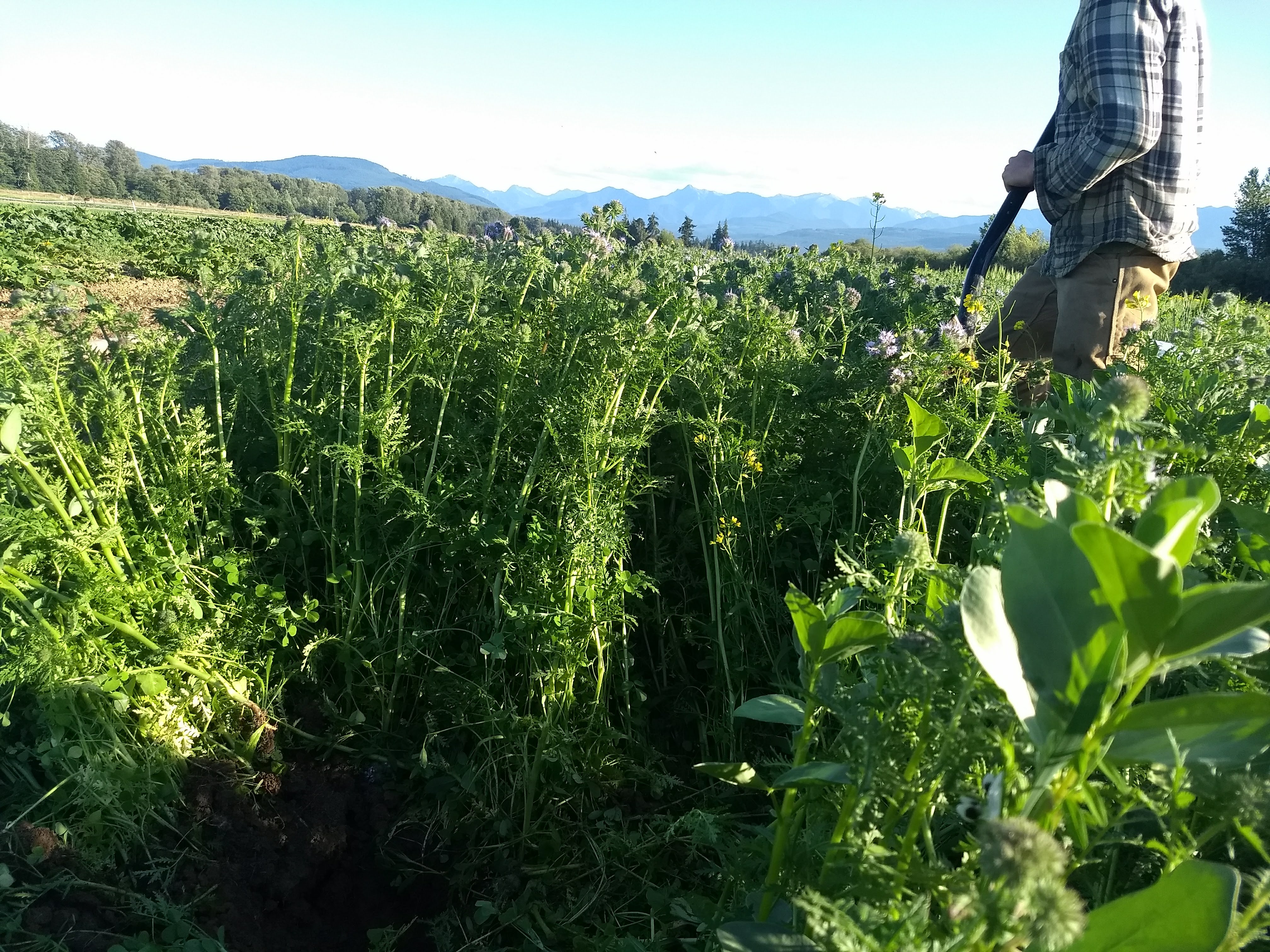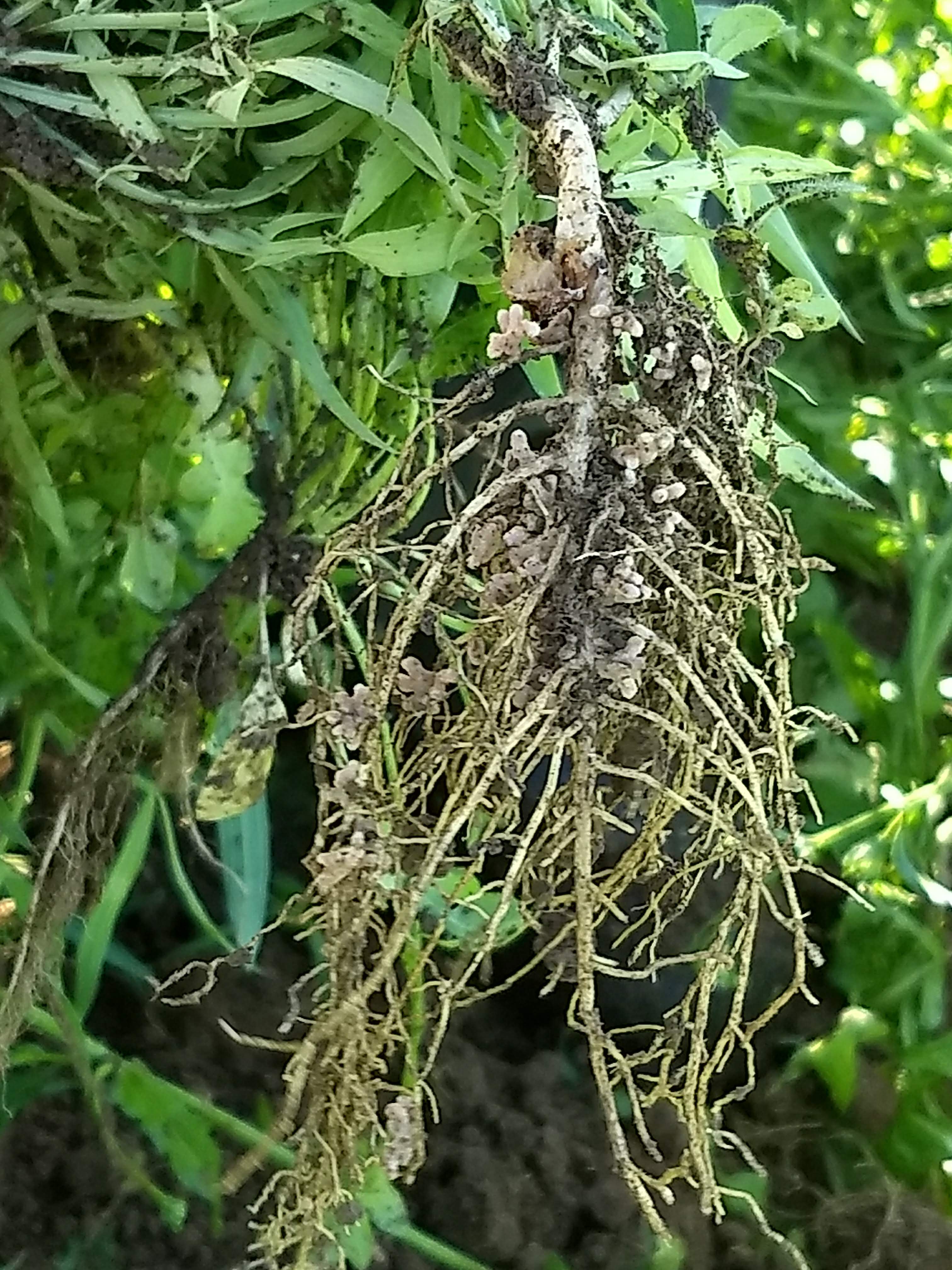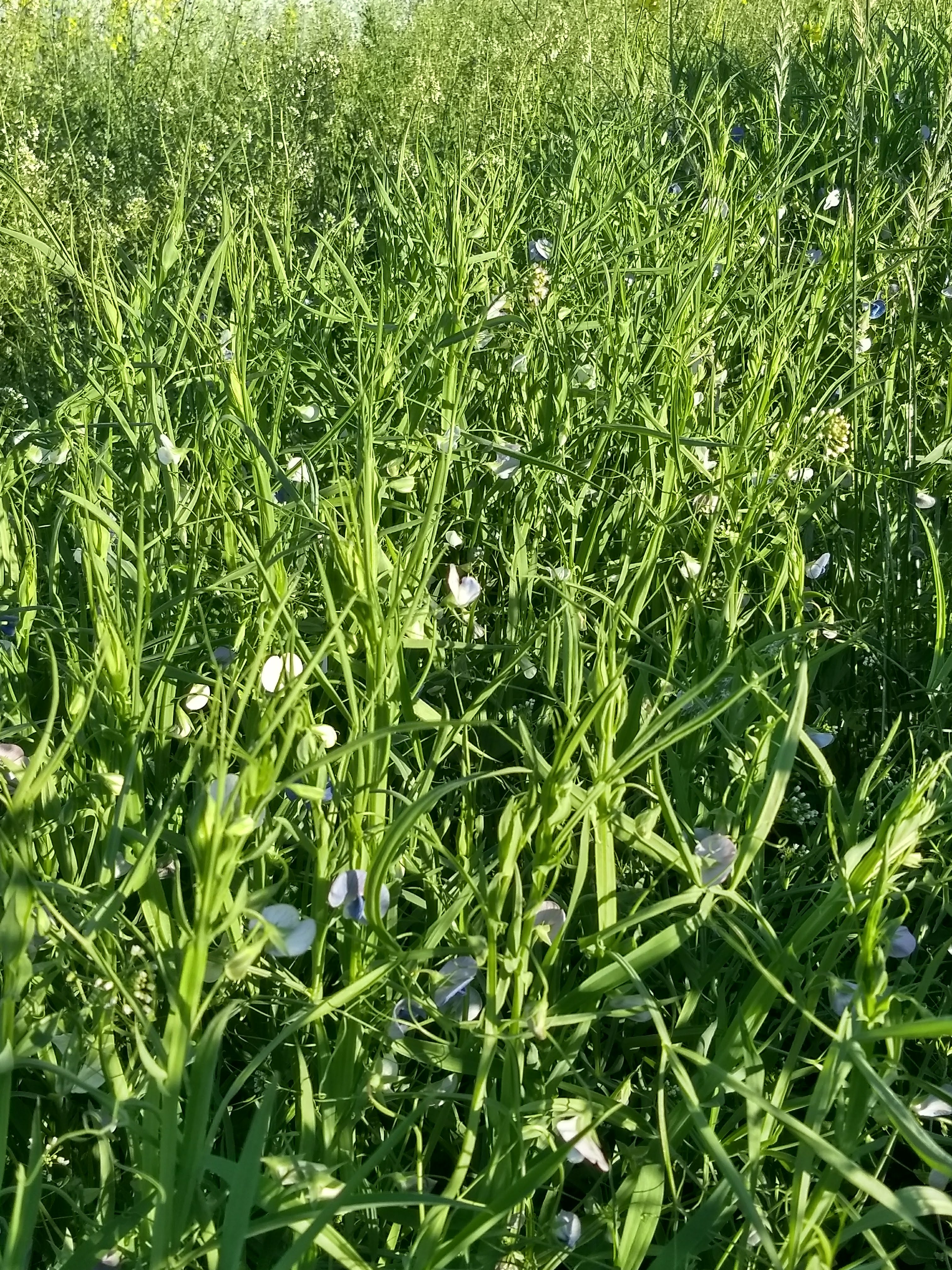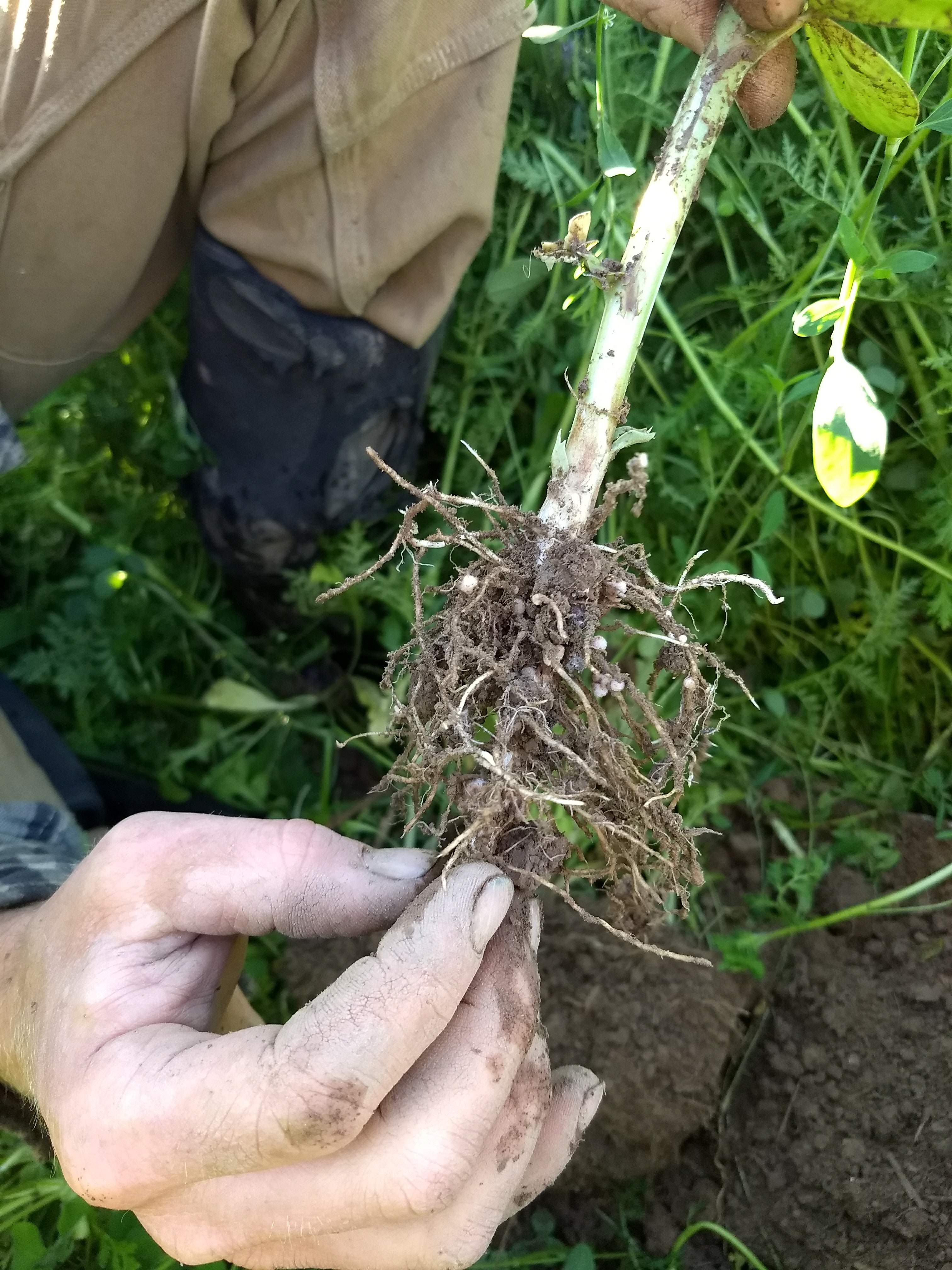Great! Thanks to pillar 1, you have now clearly and vibrantly described the outcomes you want to produce on your farm and the lifestyle you want to live…. So f*%king what?!
Without action, vision is useless… just as without vision, actions are futile. Both are crucially important if we are to live a full, satisfying, and meaningful life.
As laid out by Maria Nemeth in ‘The Energy of Money’, Every action and accomplishment in physical reality must first exist in visionary reality (sometimes called Metaphysical Reality).
In visionary reality, everything is possible, the energy is light and free-flowing, everything is possible. Just think of how easy it is to imagine what you would love; to build your ideal farm in your imagination.
In contrast, everything in physical reality requires energy (time, money, etc), the only certainty is uncertainty, and everything is in a state of constant change.
As we seek to bring our vision from visionary reality to physical reality, we hit trouble at the border….. Much like a space shuttle heats up as it enters the atmosphere as it returns from outer space. Without the proper protection, that space shuttle will simply burn up, just as our visions require the proper support as we bring them across the border from visionary reality to physical reality.
This is where the art of crafting SMART goals (INERT LINK SMART GOAL) and the systematic use of planning comes in. Plans are the bridge to get us from visionary reality to physical reality. In the context of a farm there are three plans that are essential:
- Cash Flow financial plan
- Crop plan
- Personal project plan
As Boy Scout Master taught me: If you fail to plan, you plan to fail.
Key Elements of a Good Plan
We’ll get more into detail in later blogs about each of the type of plans that essential to every farm but first, there are certain elements of every good plan:
Linked to a specific S.M.A.R.T. goal
The whole point of a plan is to serve as a roadmap to reaching a certain outcome. In order to know with clarity where you want to go, each plan is linked to a S.M.A.R.T. goal.
Specific: Identify your desired outcome as precisely and as detailed as possible.
Measurable: How will you know whether or not the goal was achieved?
Attainable: We want our goals to be a stretch… but not so much as to be demoralizing. The idea here is to set goals that bring us out of our comfort zones and invite us to master new skills.
Relevant: Which of your Life’s Intentions is this goal related to?
Time-based: By what date do you declare that this goal will be achieved?
Also, powerful goals are writ
For example, here is an example of a SMART goal I personally have.
By November 15th 2018, I enroll 3 participants in my Farmer to Farmer Group Coaching Program. Life’s intention: To be an effective agent of change.
Includes the appropriate safety margins
Remember when I said that in physical reality, the only certainty was uncertainty… I wasn’t kidding.
Every good plan includes appropriate safety margins. This allows you to set realistic (and even slightly ambitious) targets and still have some wiggle room to account for the joys of living in physical reality.
Reverse engineered back from the envisioned outcome.
Equipped with a written vision statement from Pillar 1 you now know where you want to be in the medium time range (2-3 years out).
Given the lifestyle you see you want to be living 2-3 years out, what are the steps to getting there? Work backward from your vision to see what you need to achieve in the coming year.
For example, if you see that you would love to be earning an annual net income of 30 000$ and you are currently making 15 000$… what net income are you aiming for in 2019? 20 000$, 22 000$, 25 000 ? What would be attainable but would require you to stretch beyond your current level and skill set.
Your turn now!
Which 3 elements of your vision are you willing to move towards in this coming year?
What’s your plan for getting there?
**Please note that all amazon links here are ‘affiliate links’ meaning that I get between 4 and 10% of the sales depending on the type of product. Of course, this does not affect which products I list…. it’s just that if I’m going to put links anyways, I might as well generate some income while I’m at it!
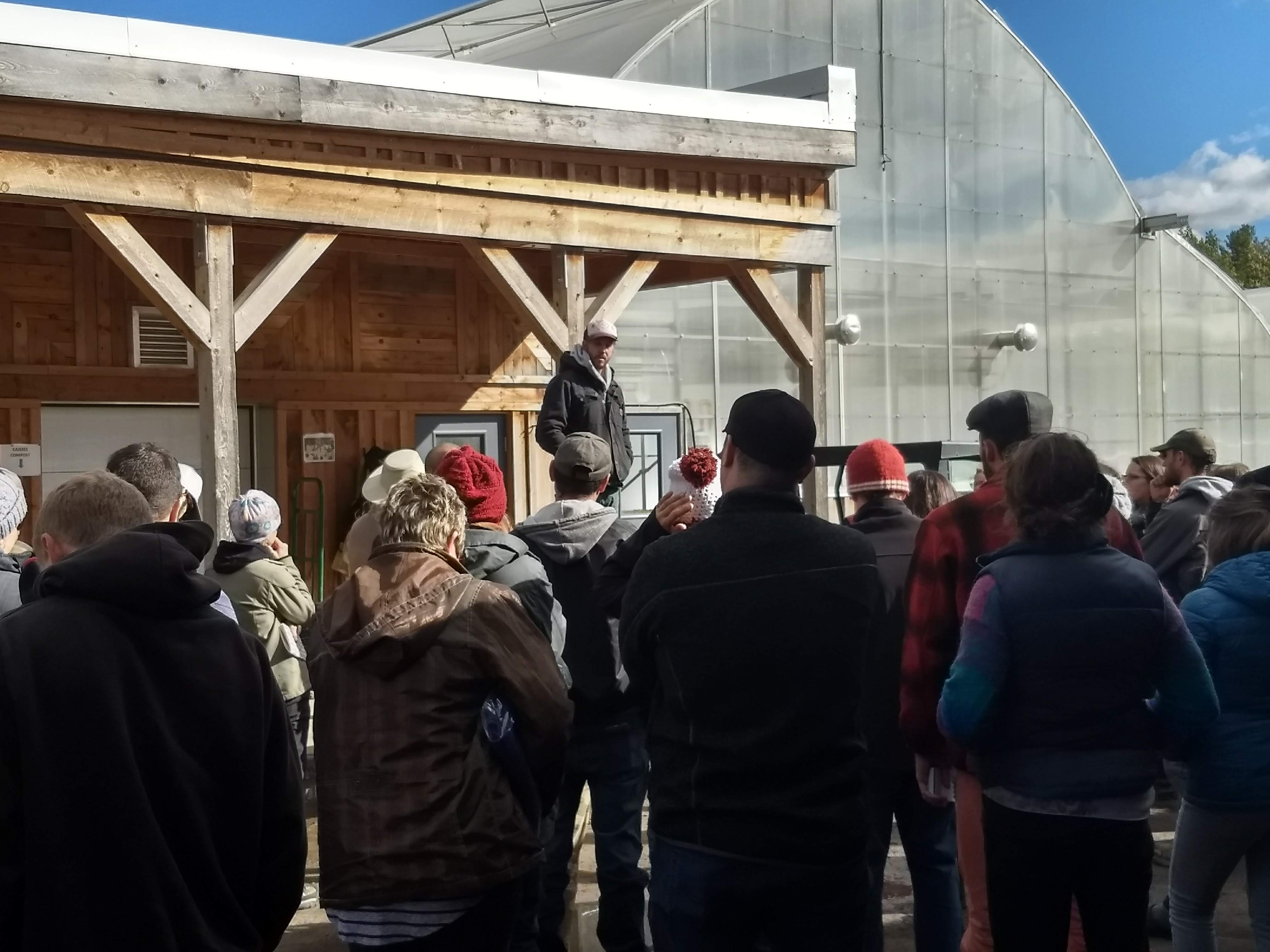
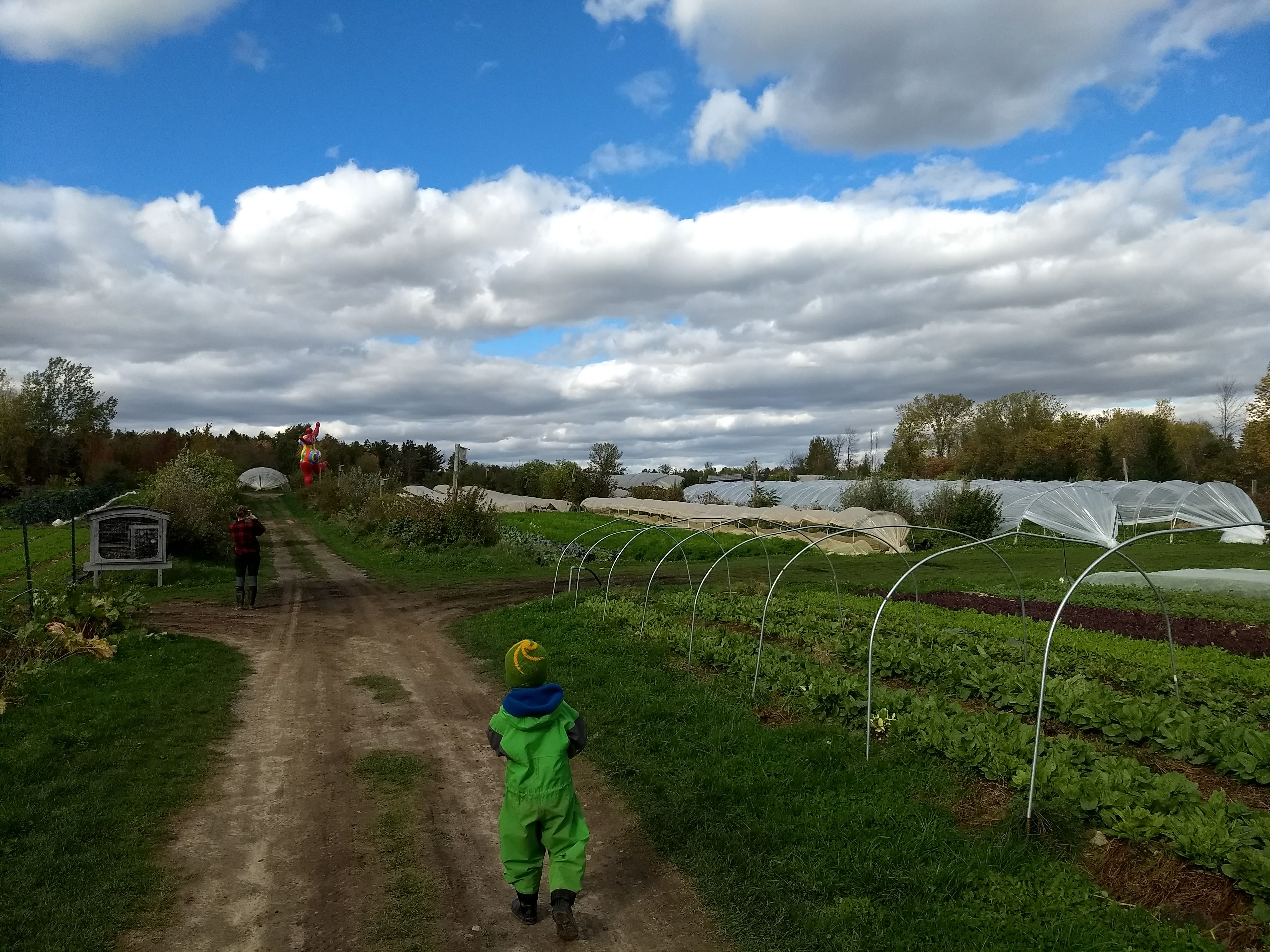
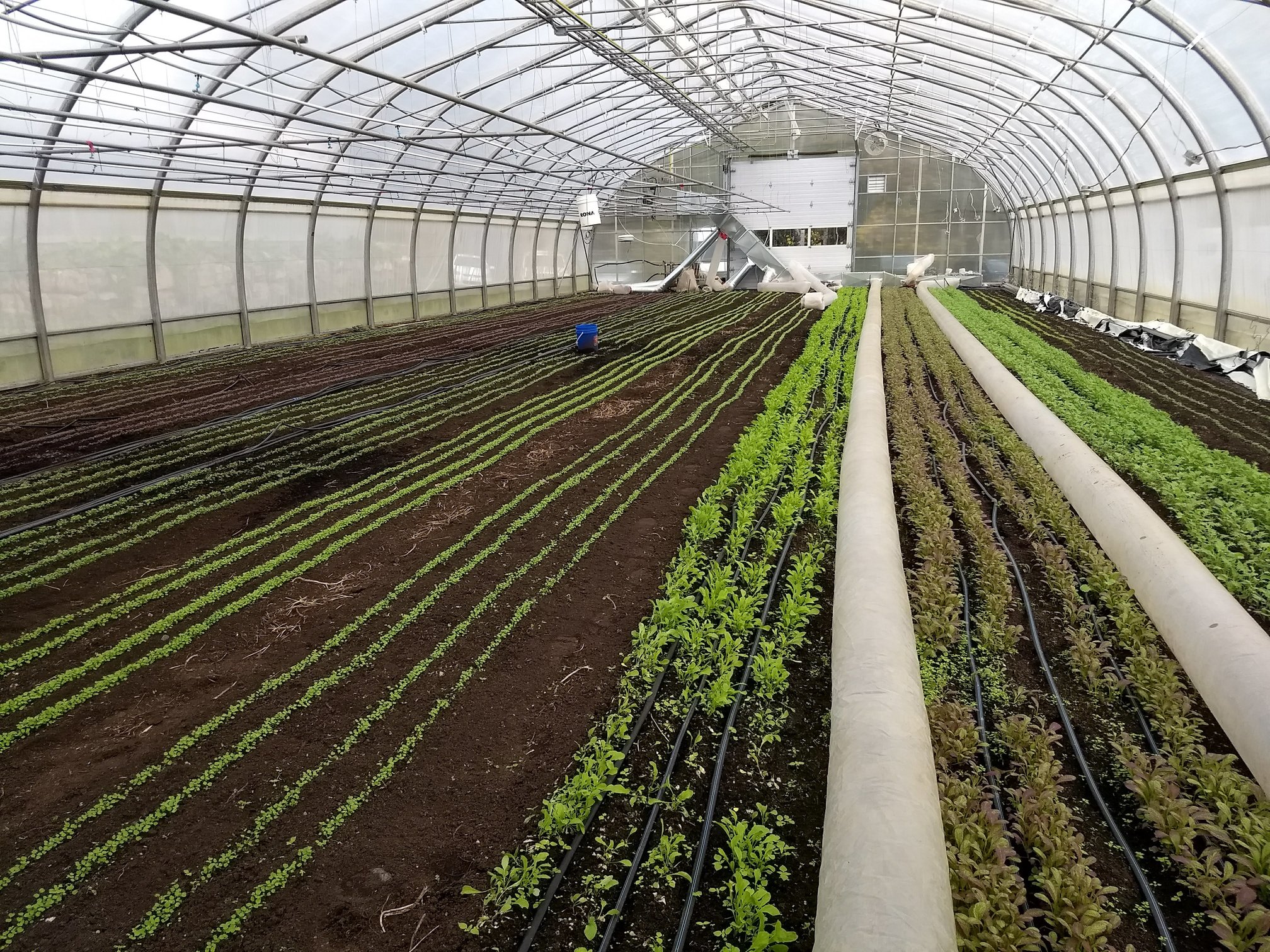
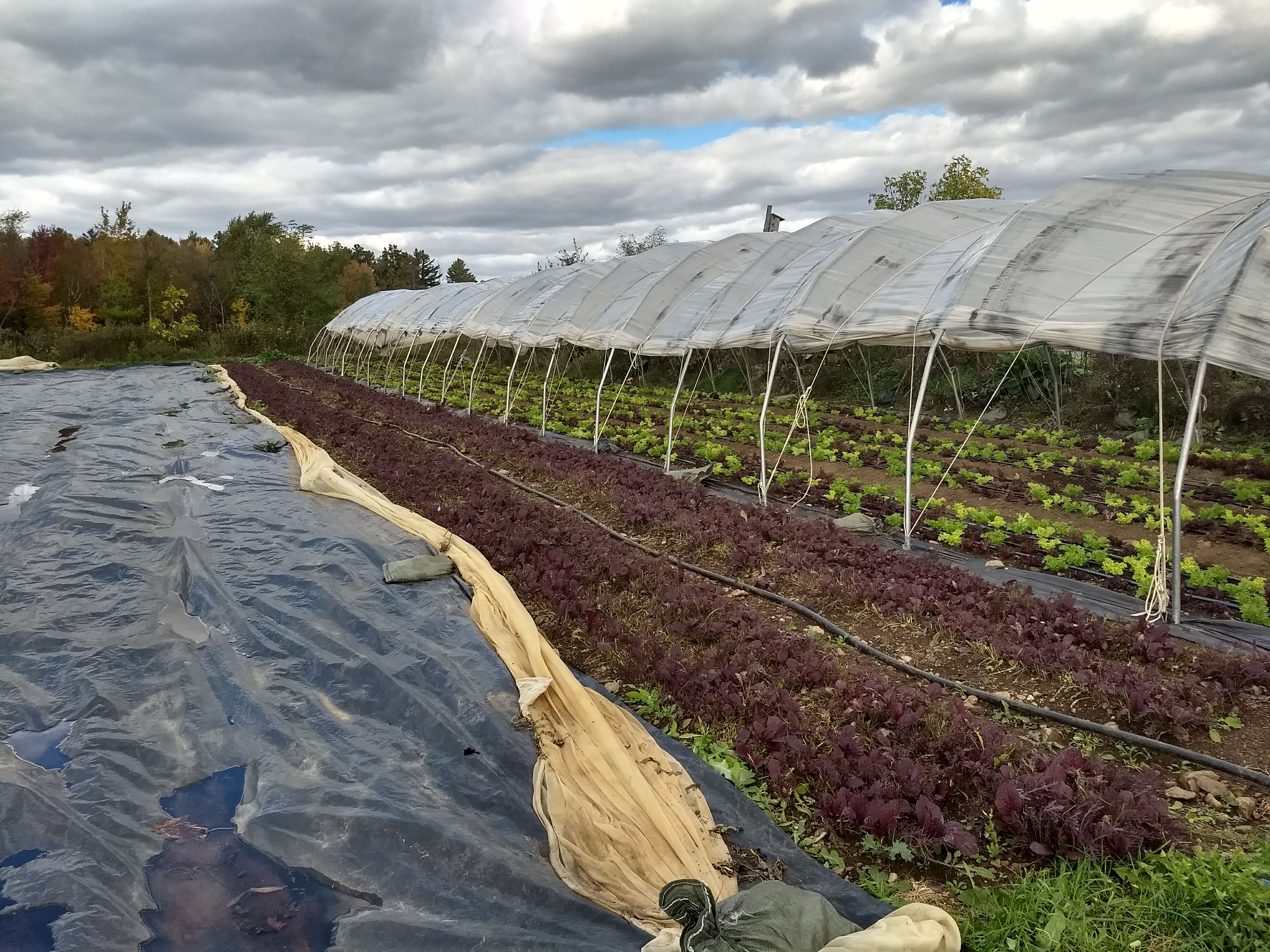
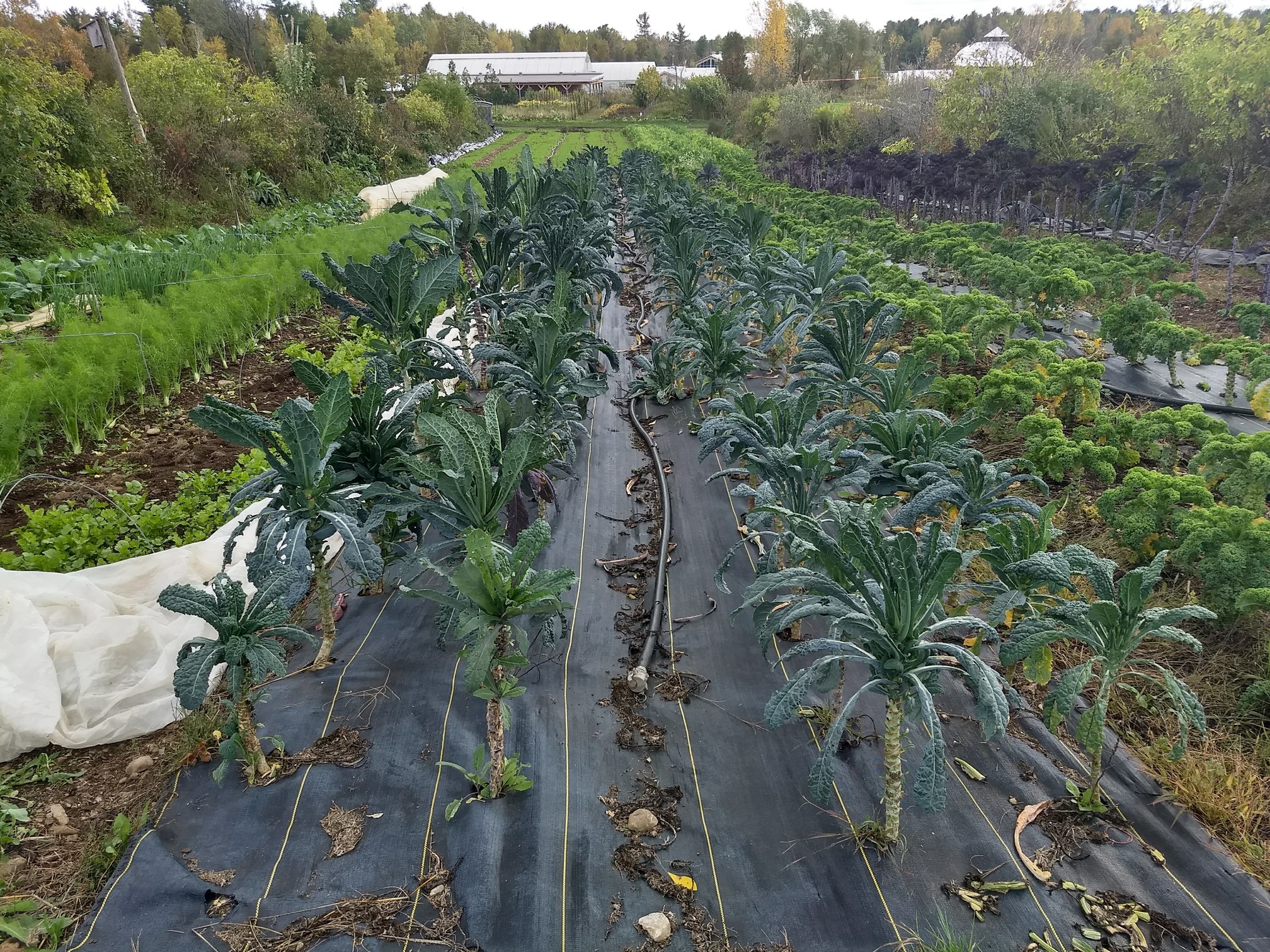
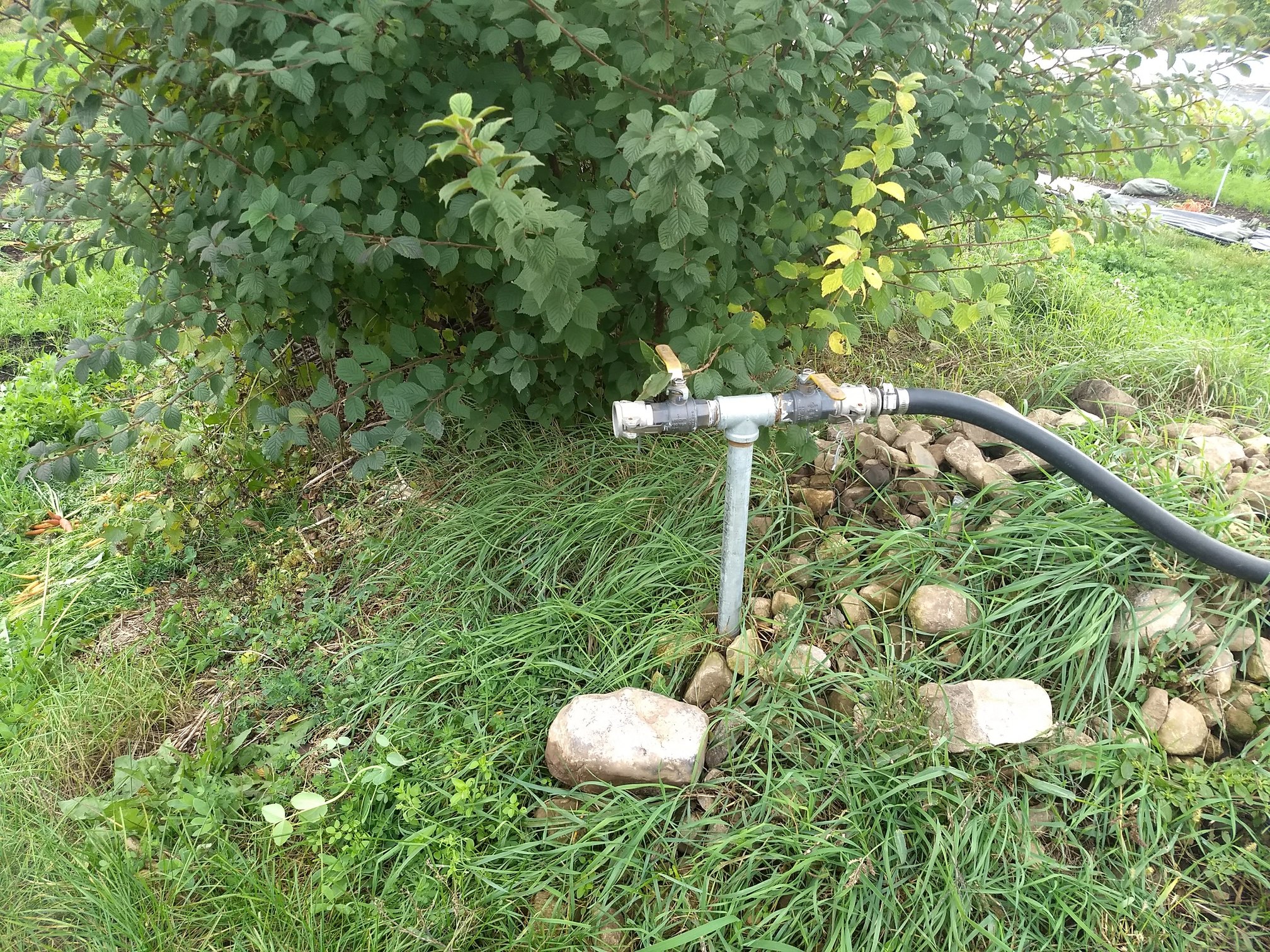
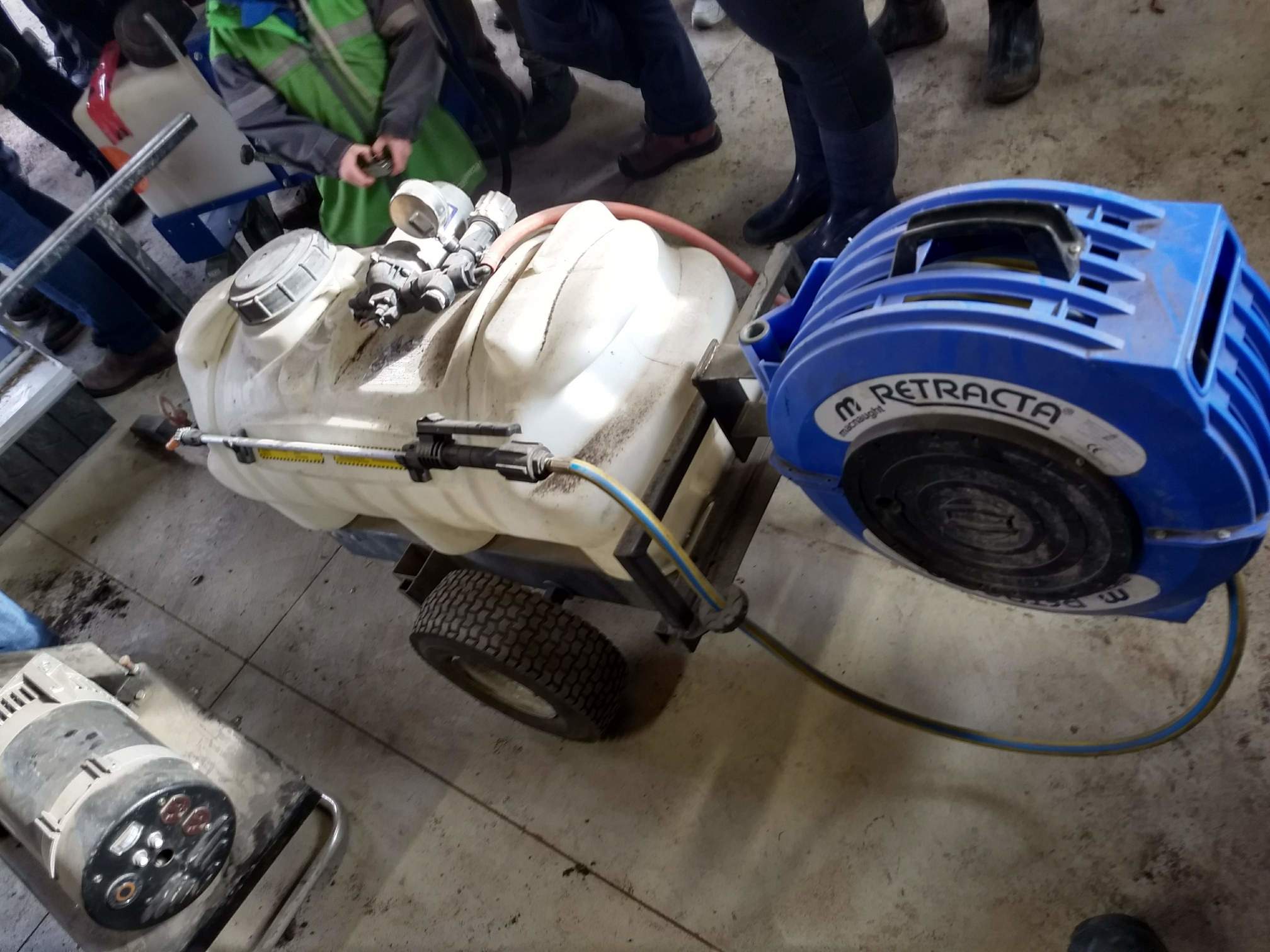
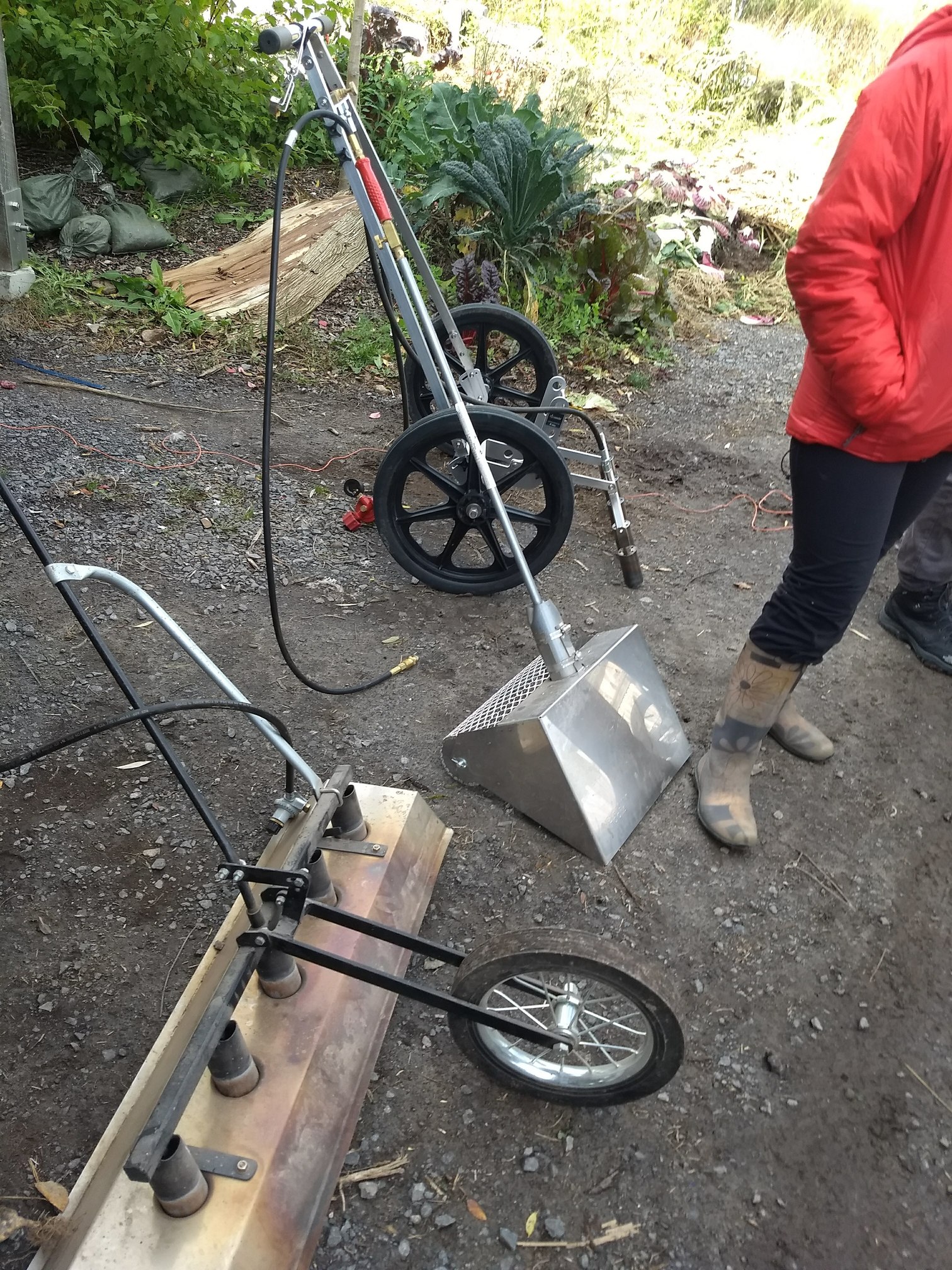
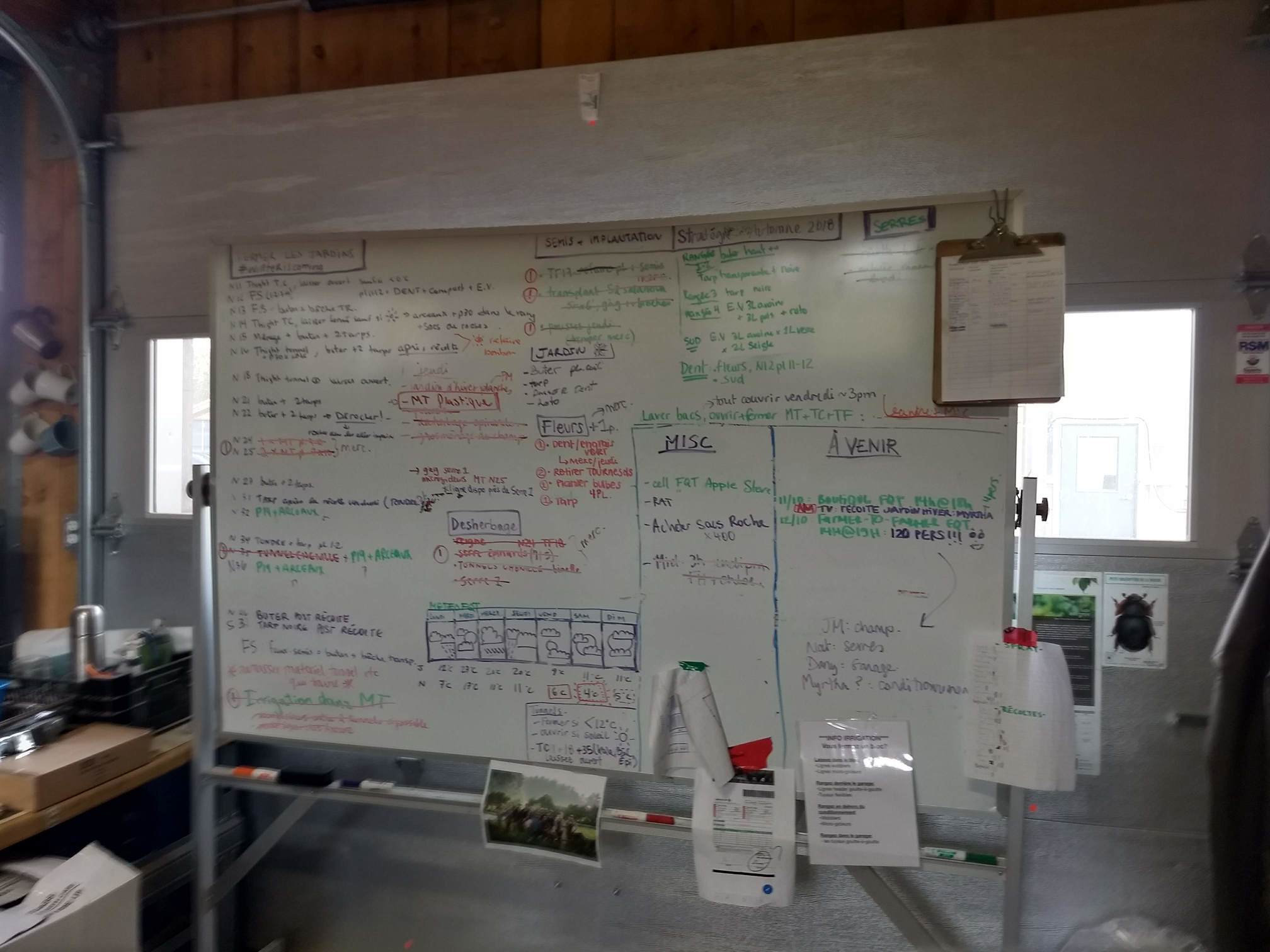
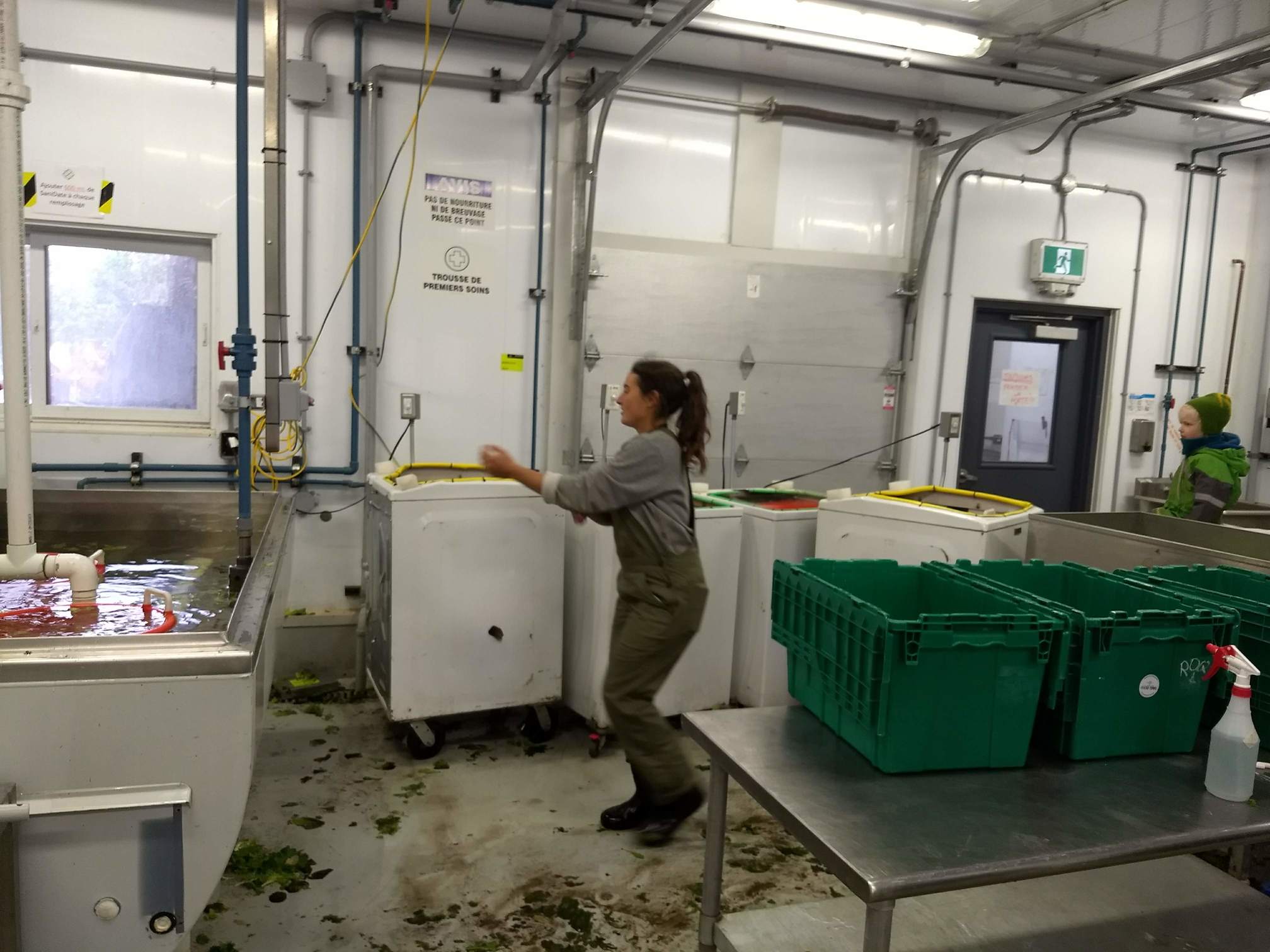
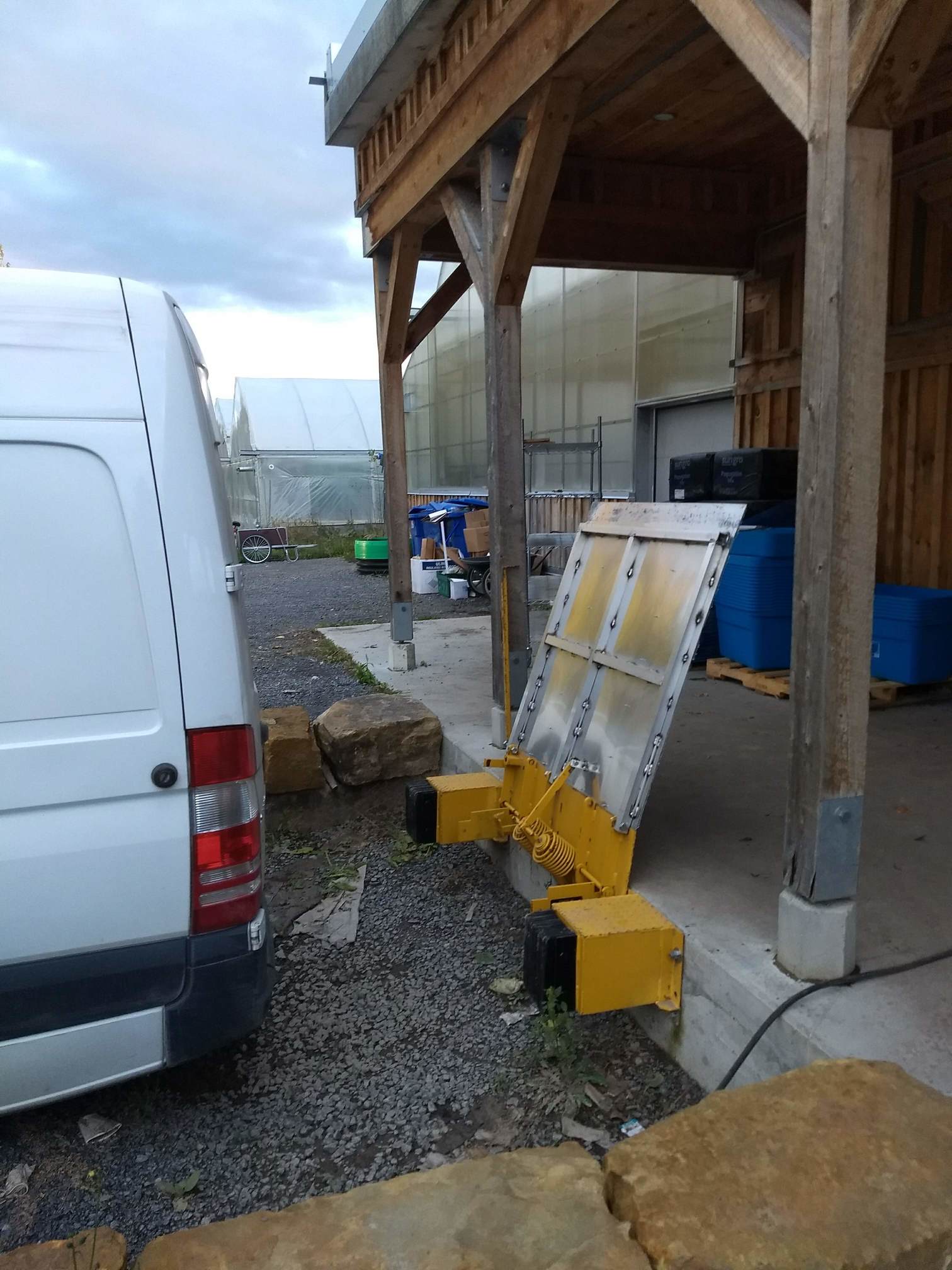
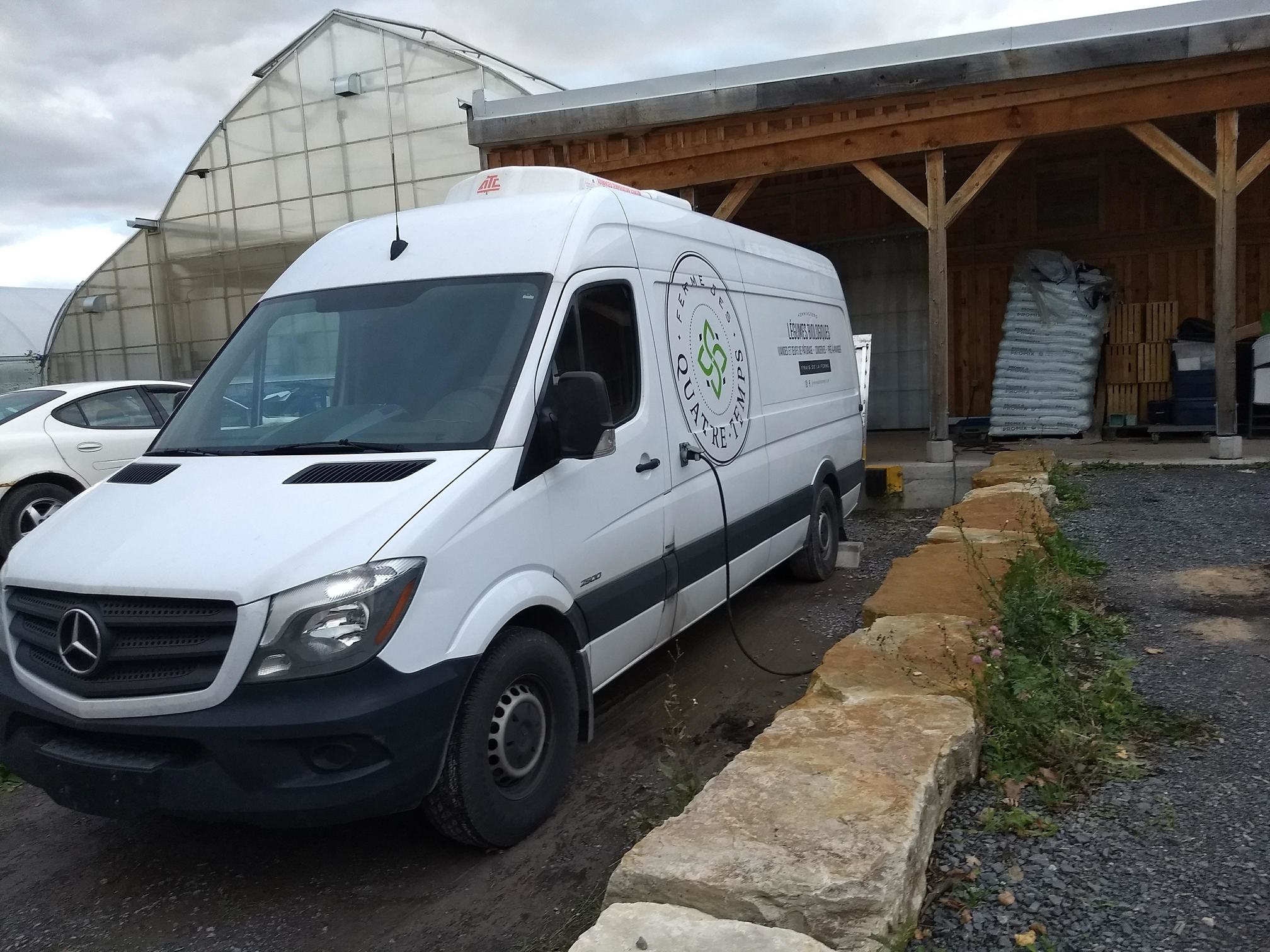
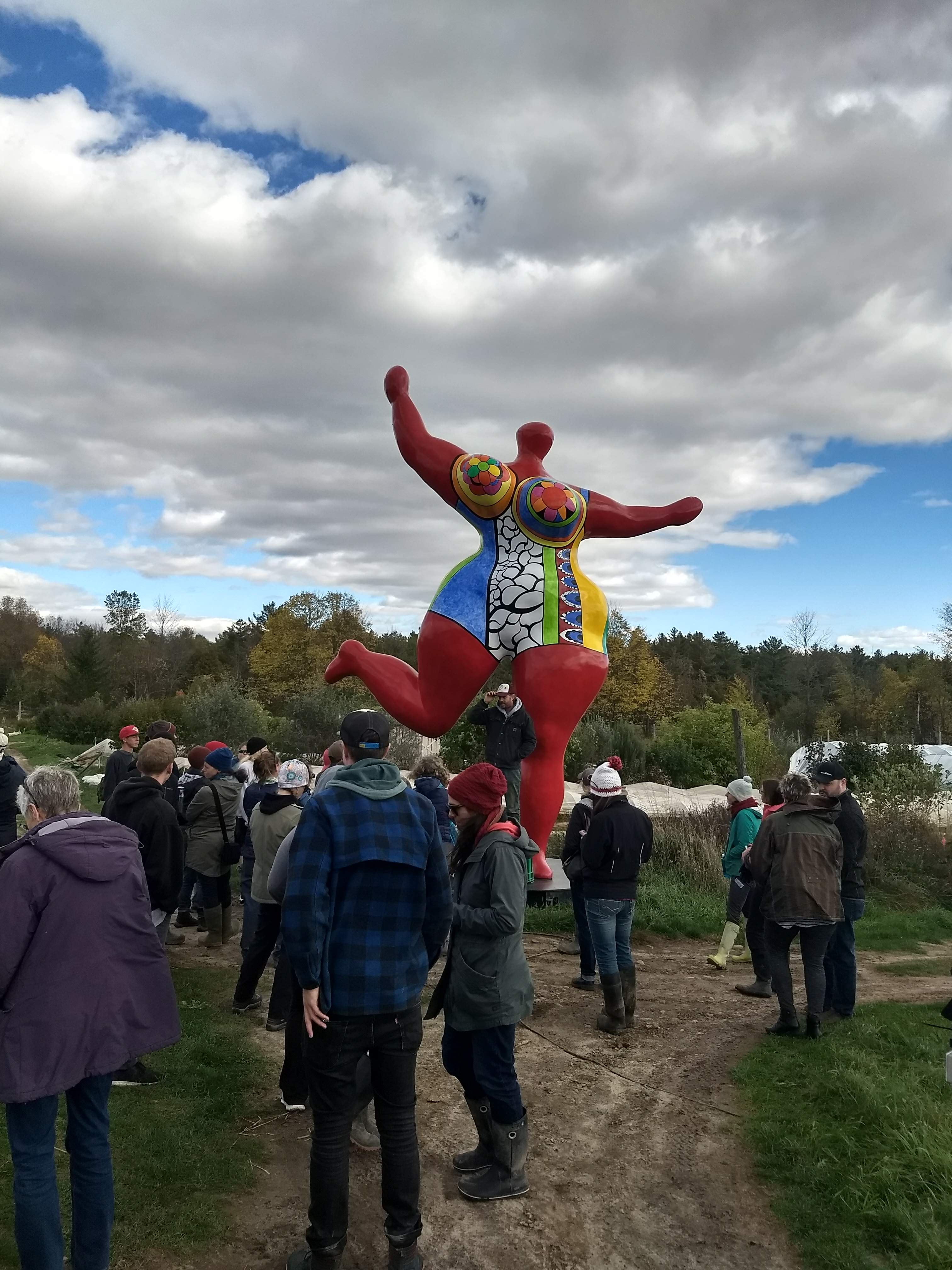

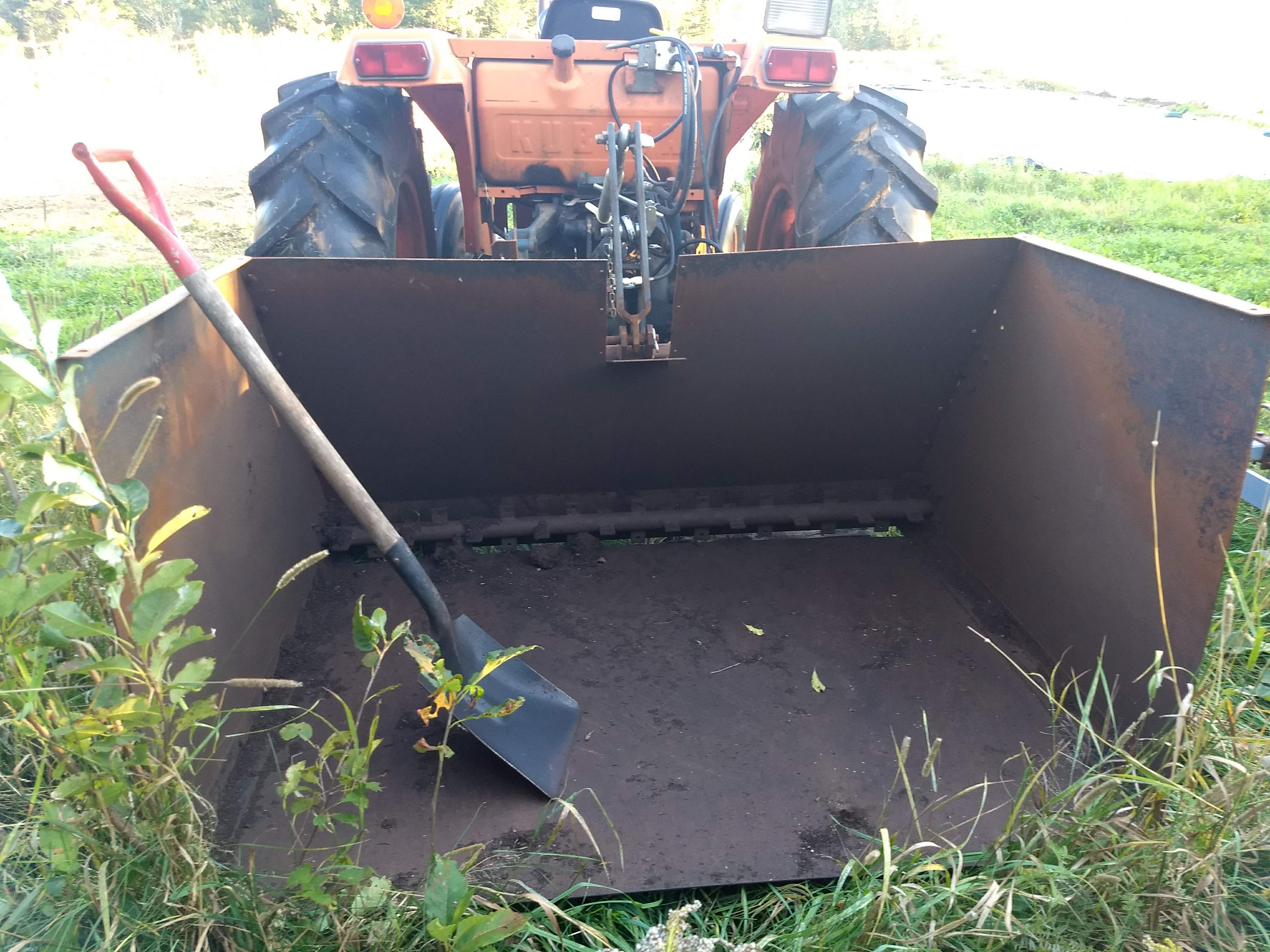
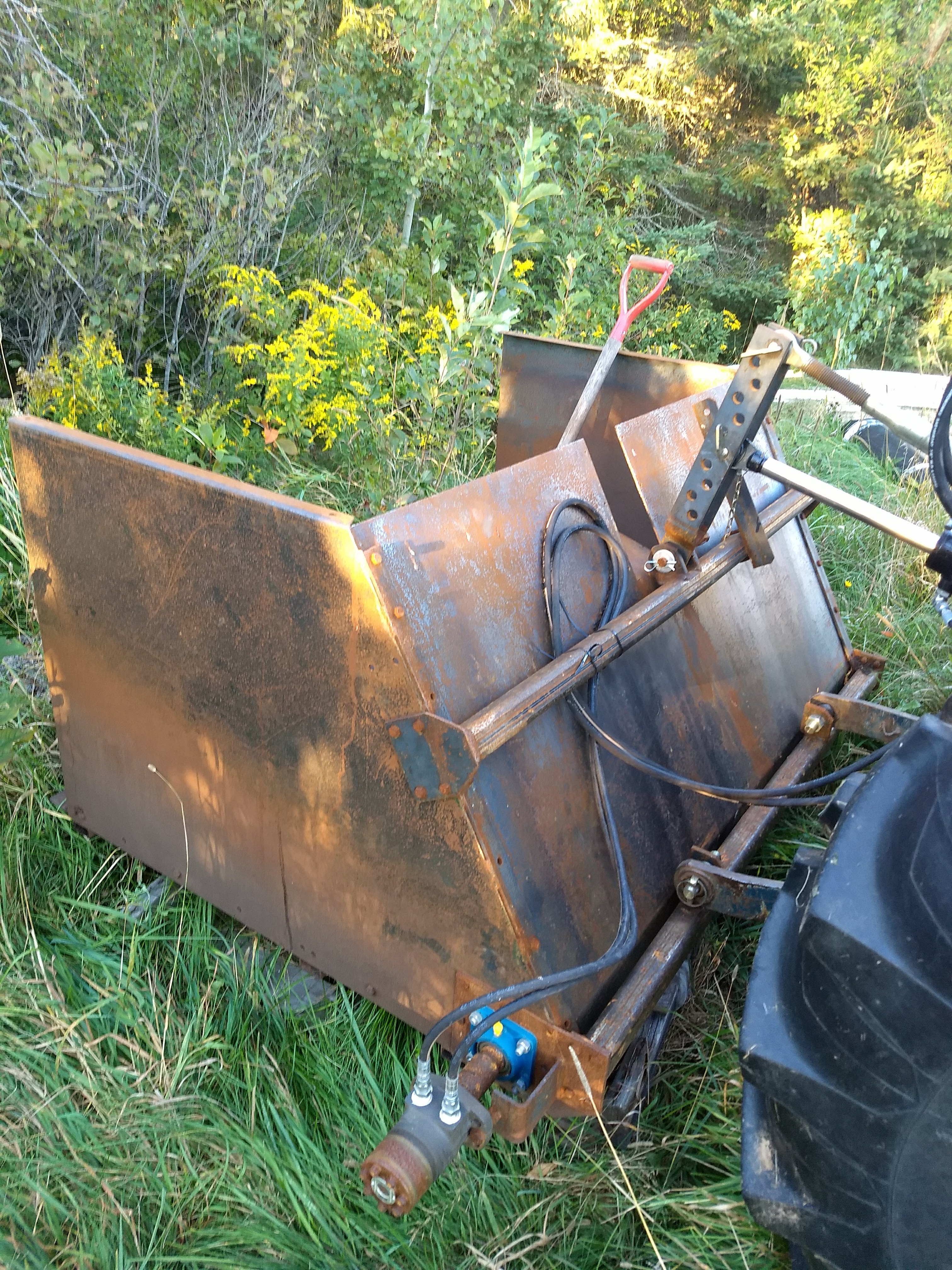
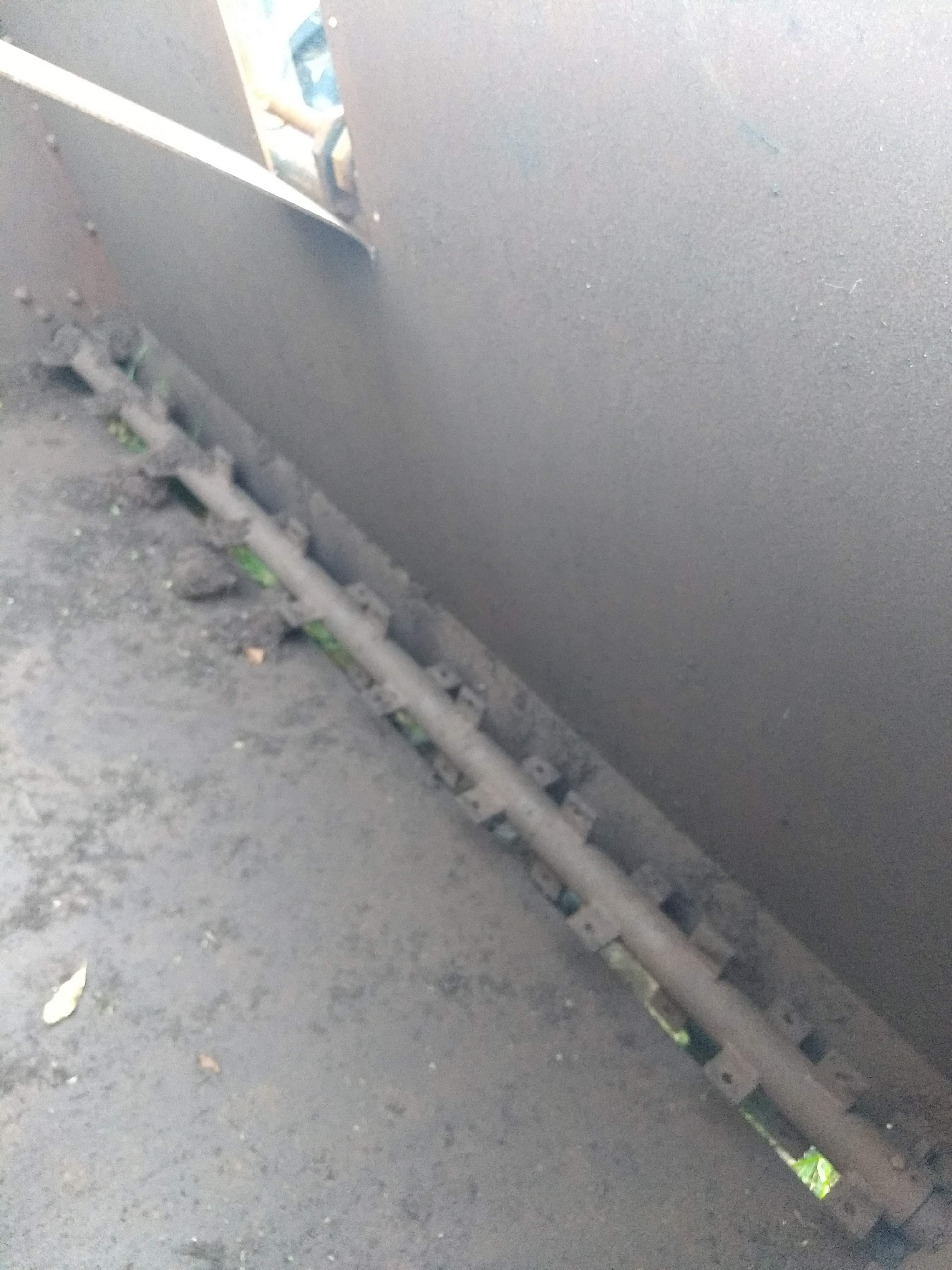
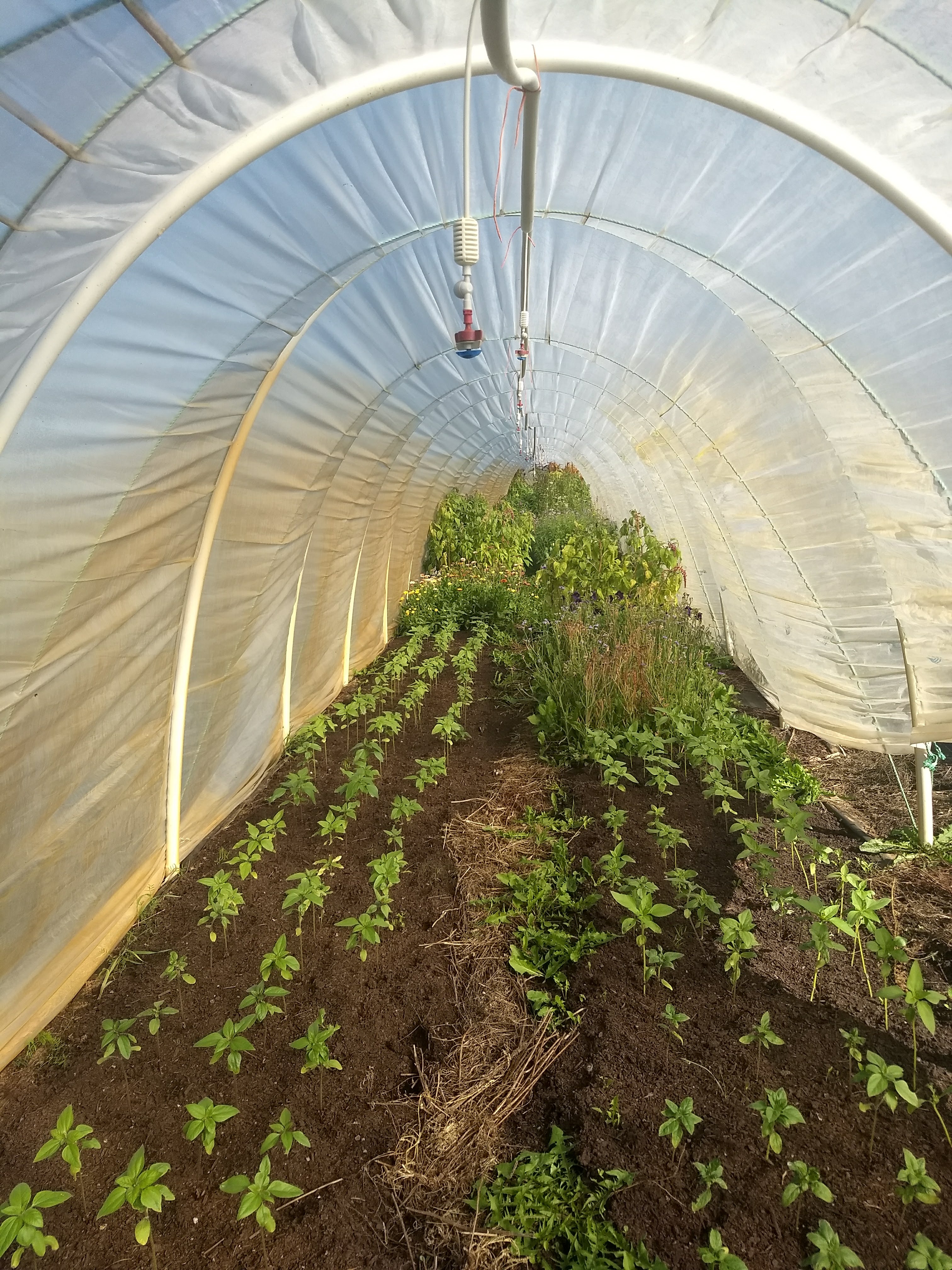
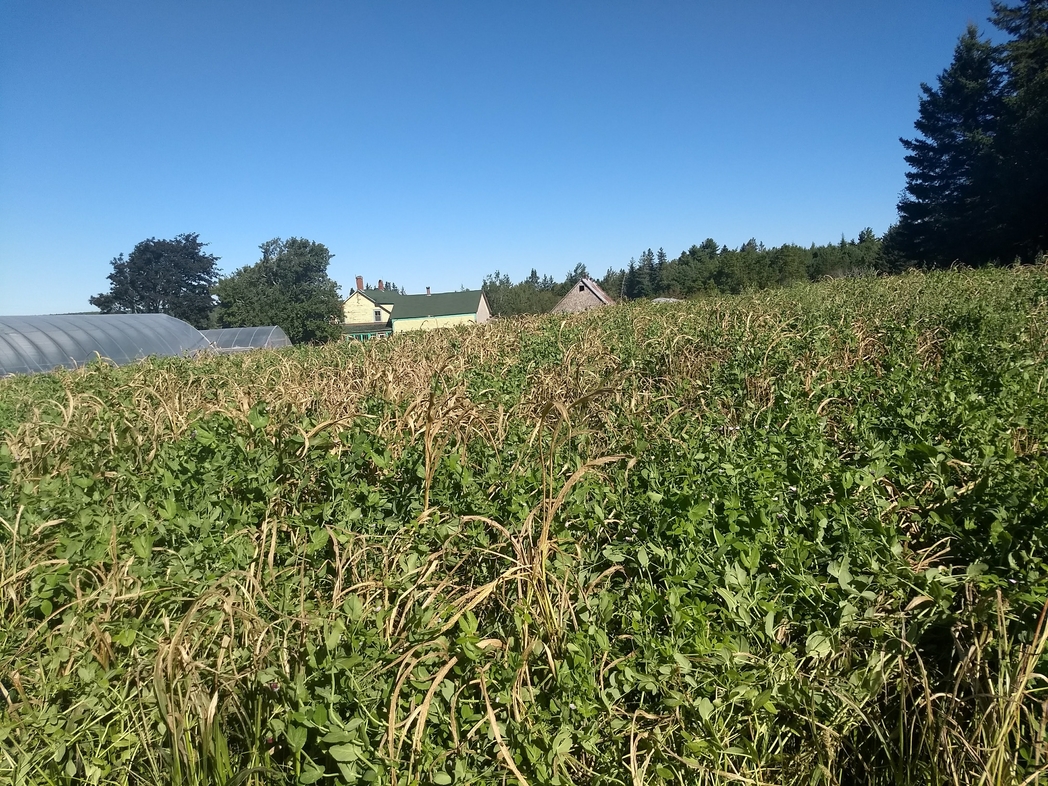
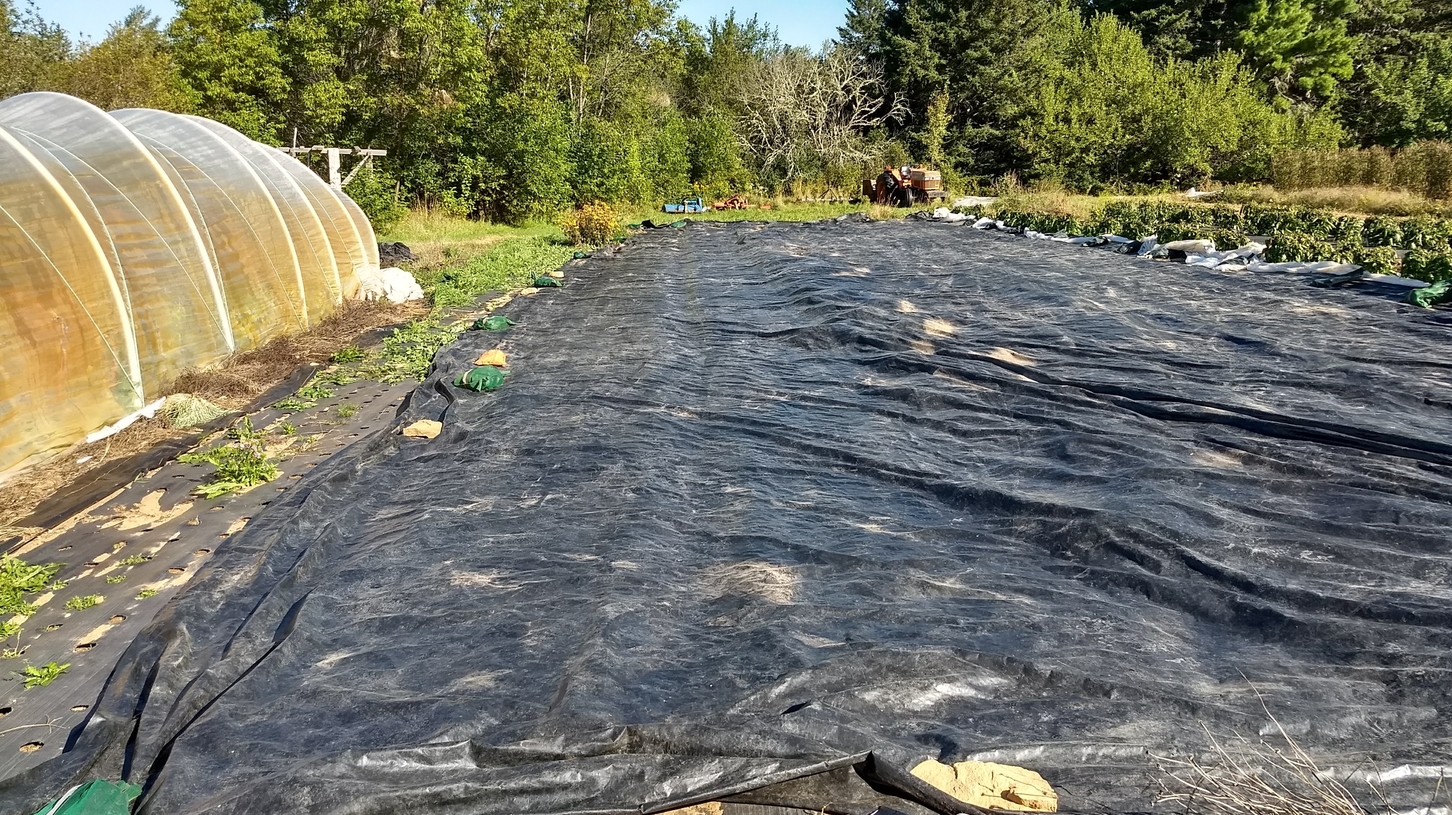
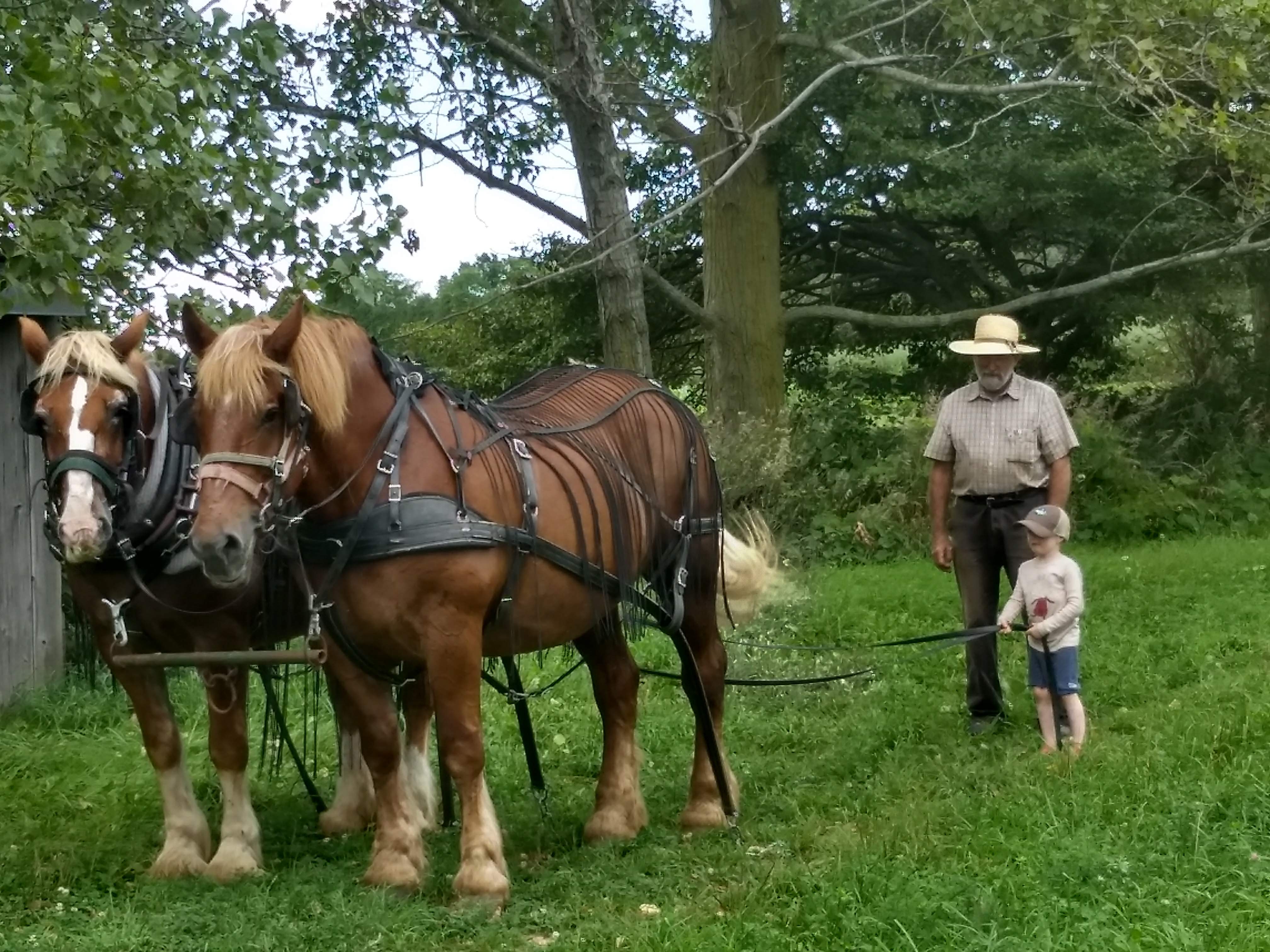
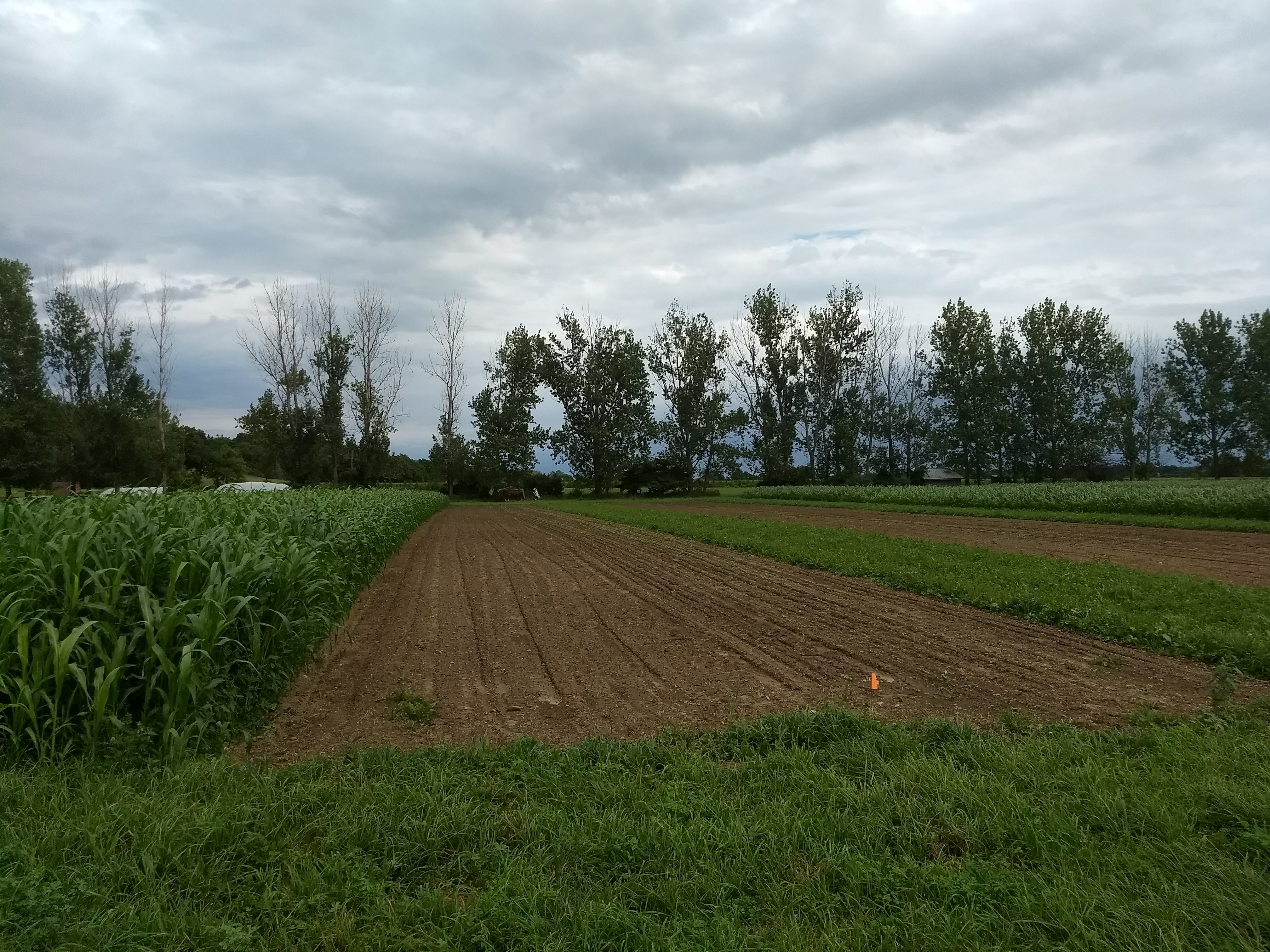
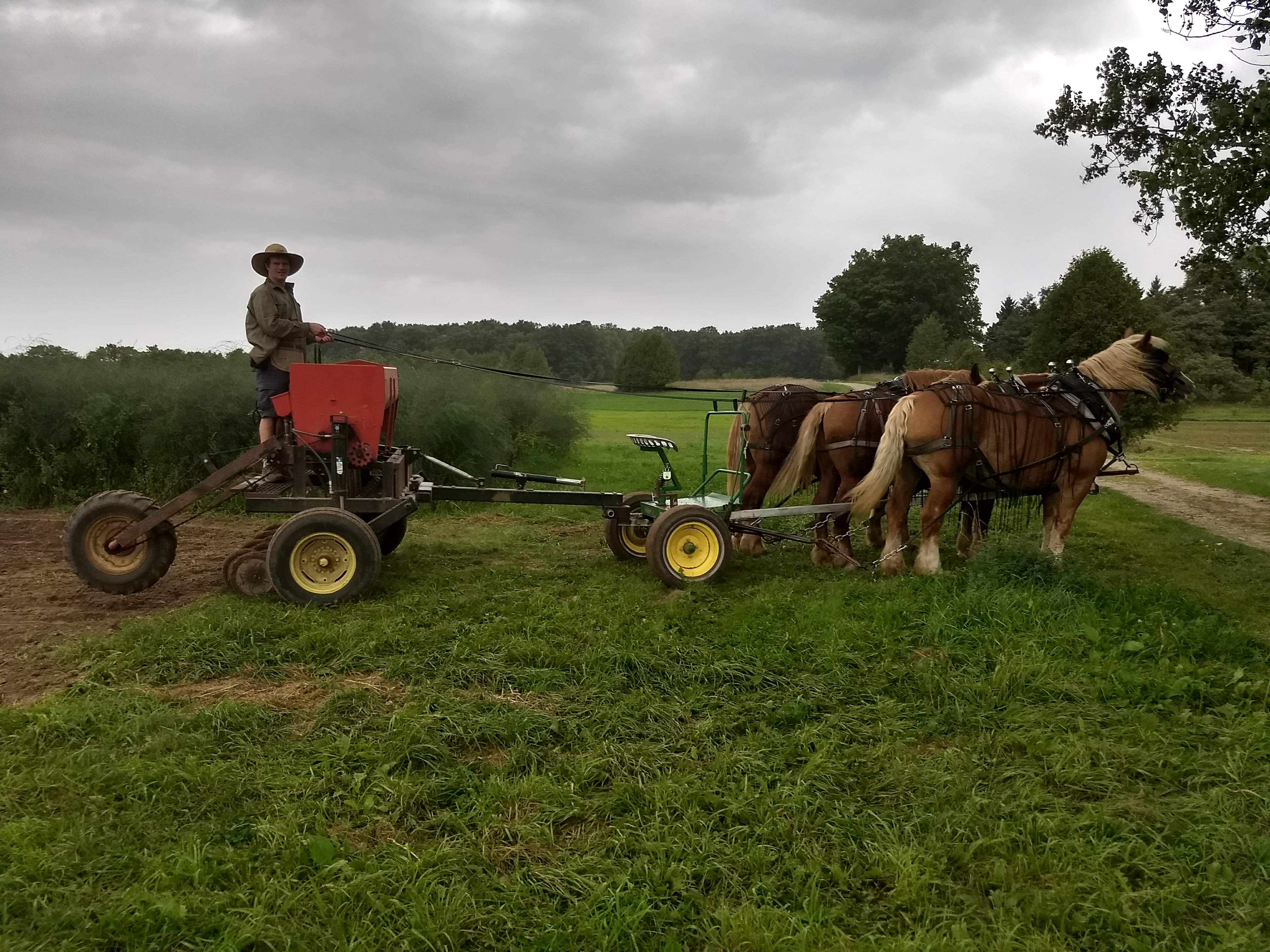
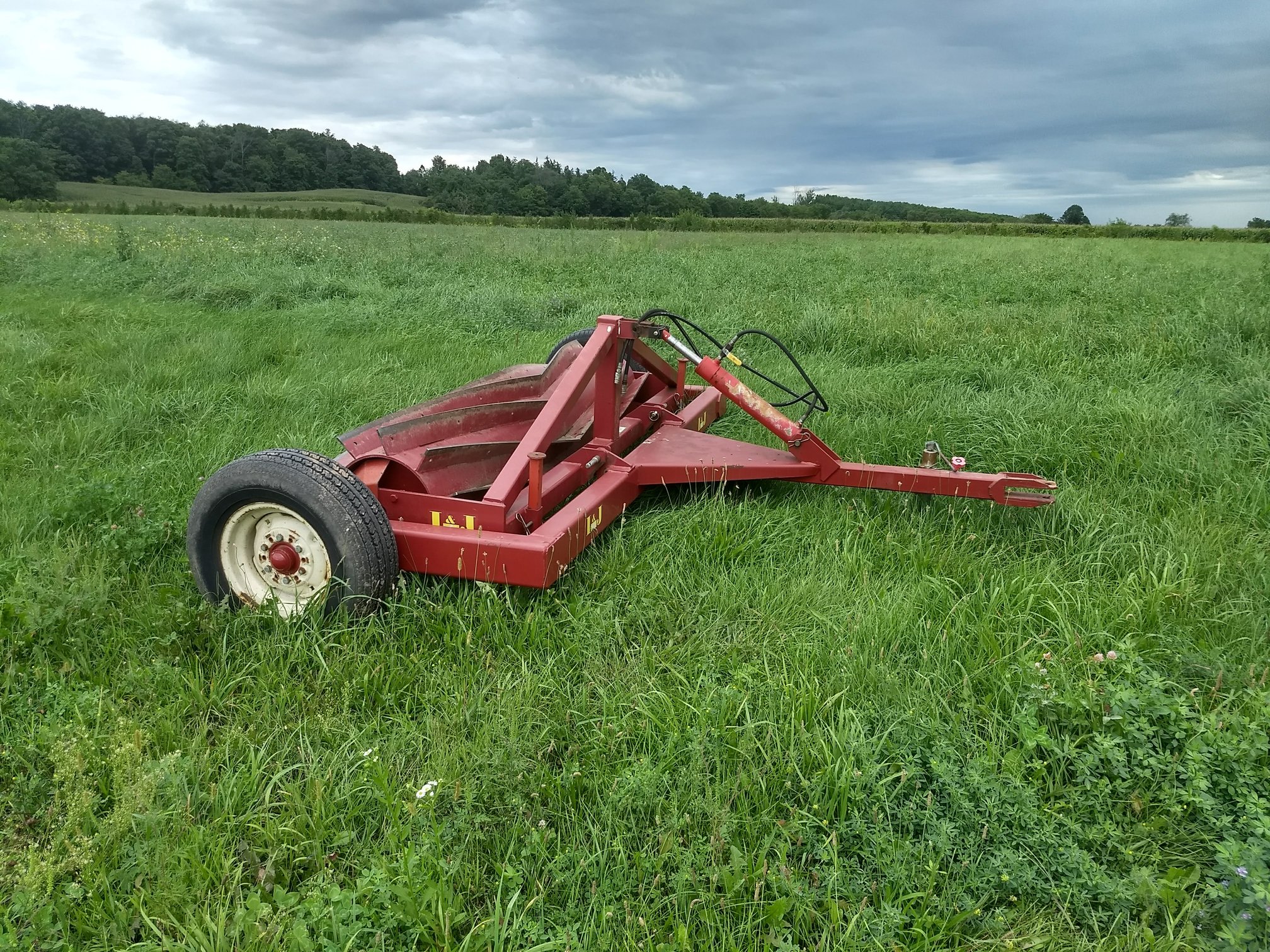
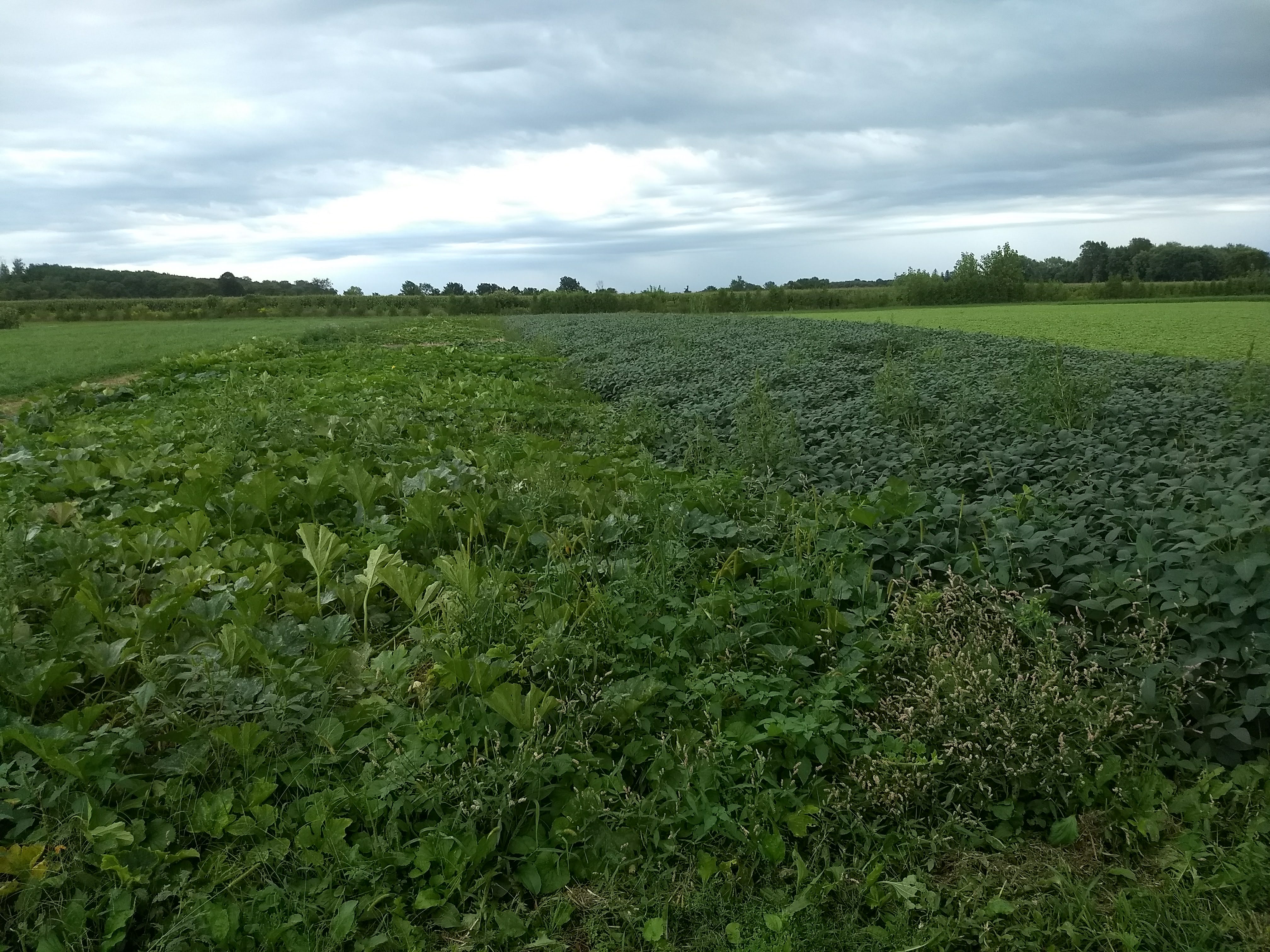
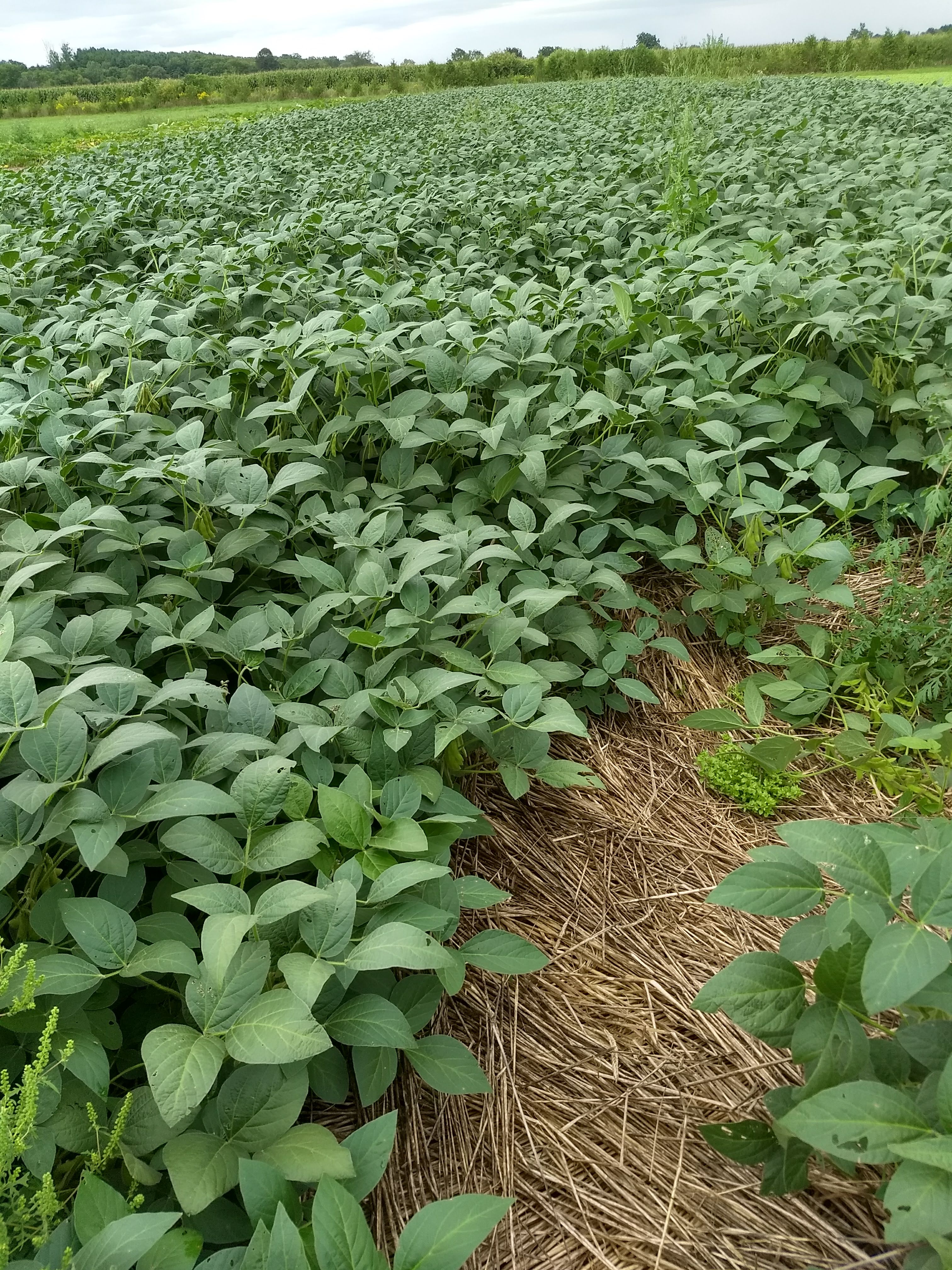
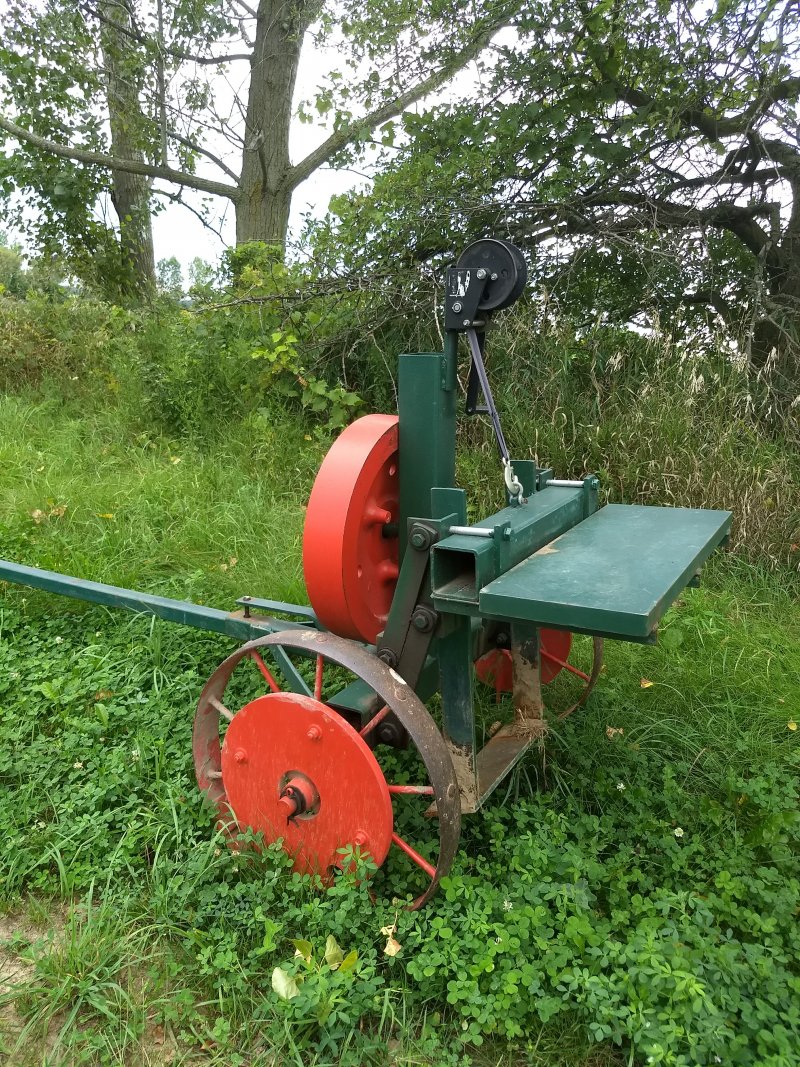
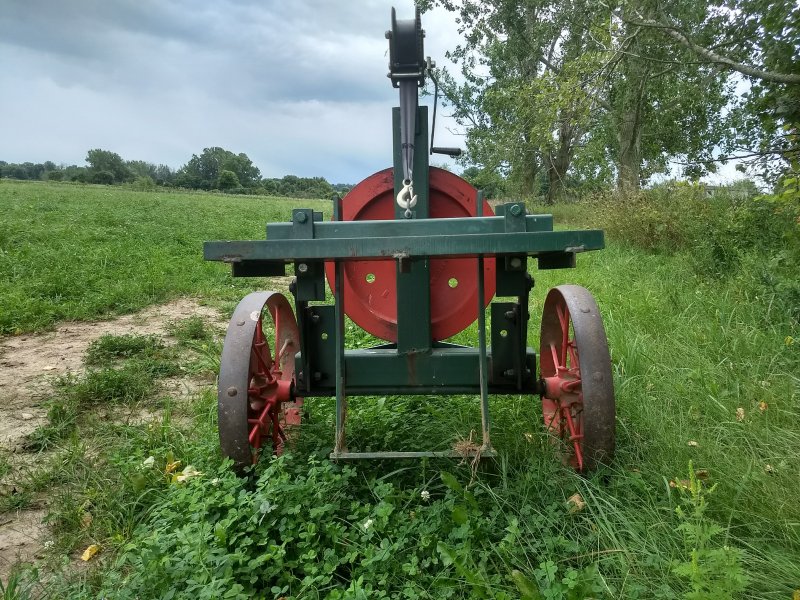
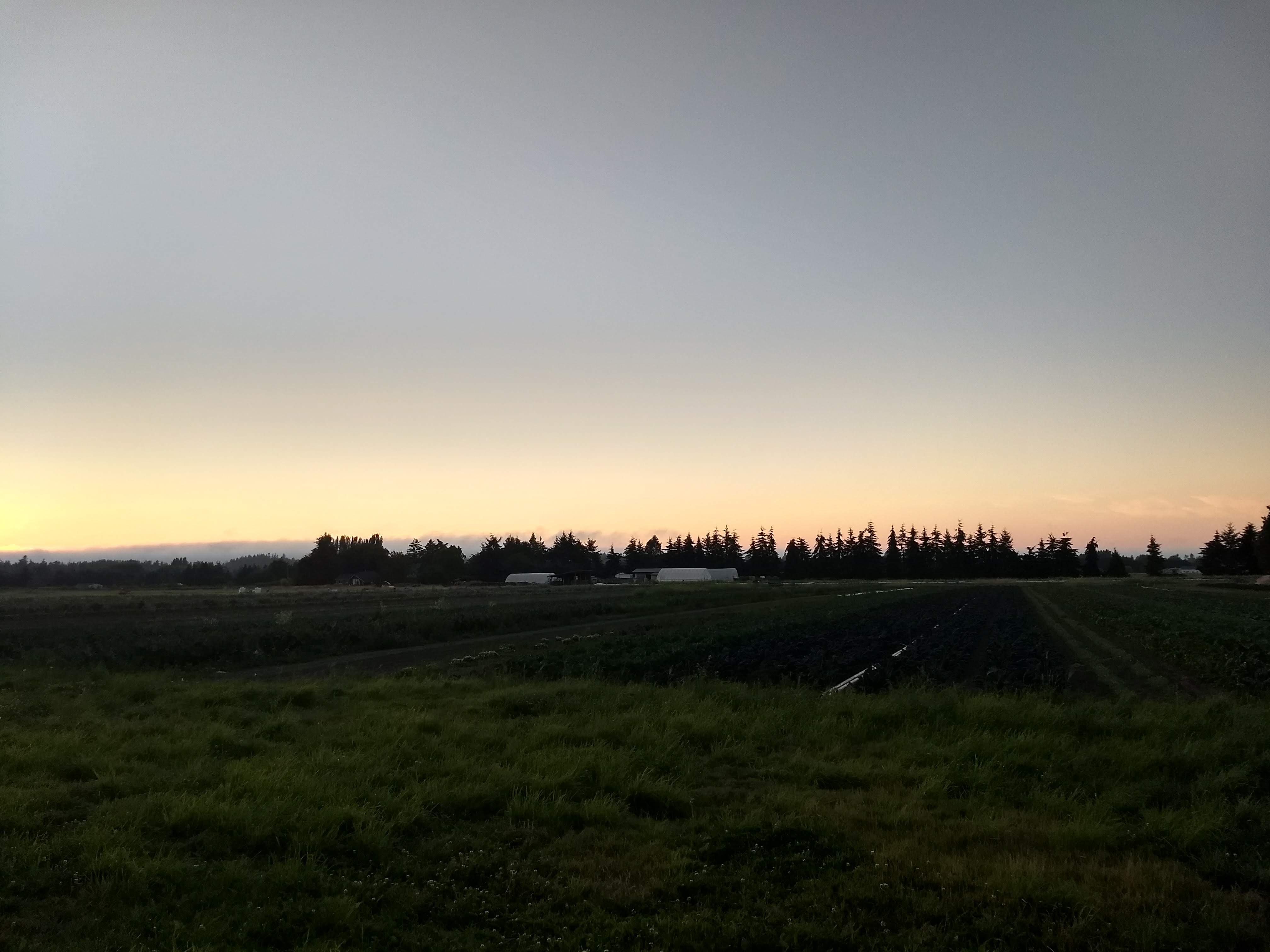
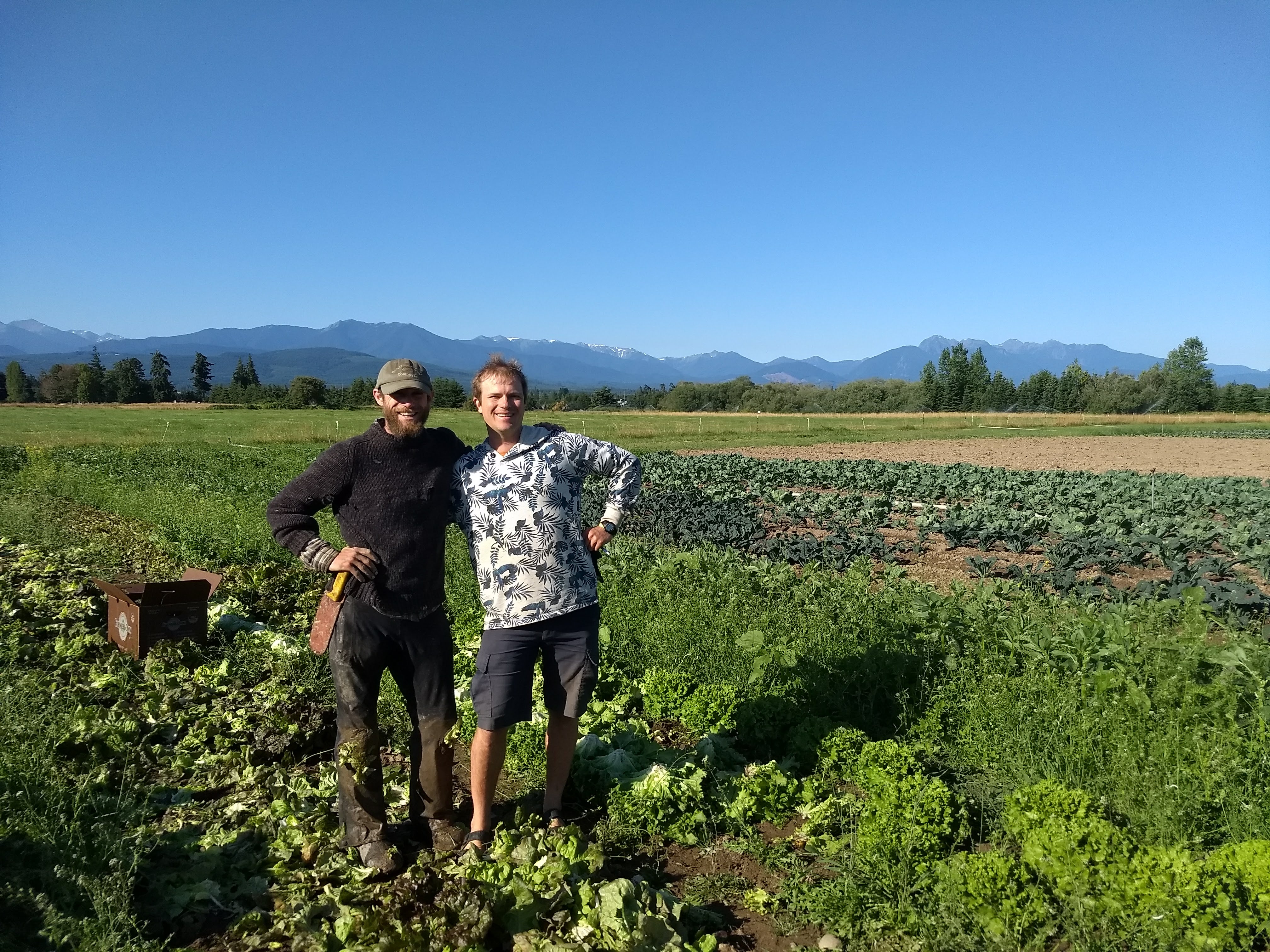 Noah and I (you can almost see those amazing lettuces)
Noah and I (you can almost see those amazing lettuces)